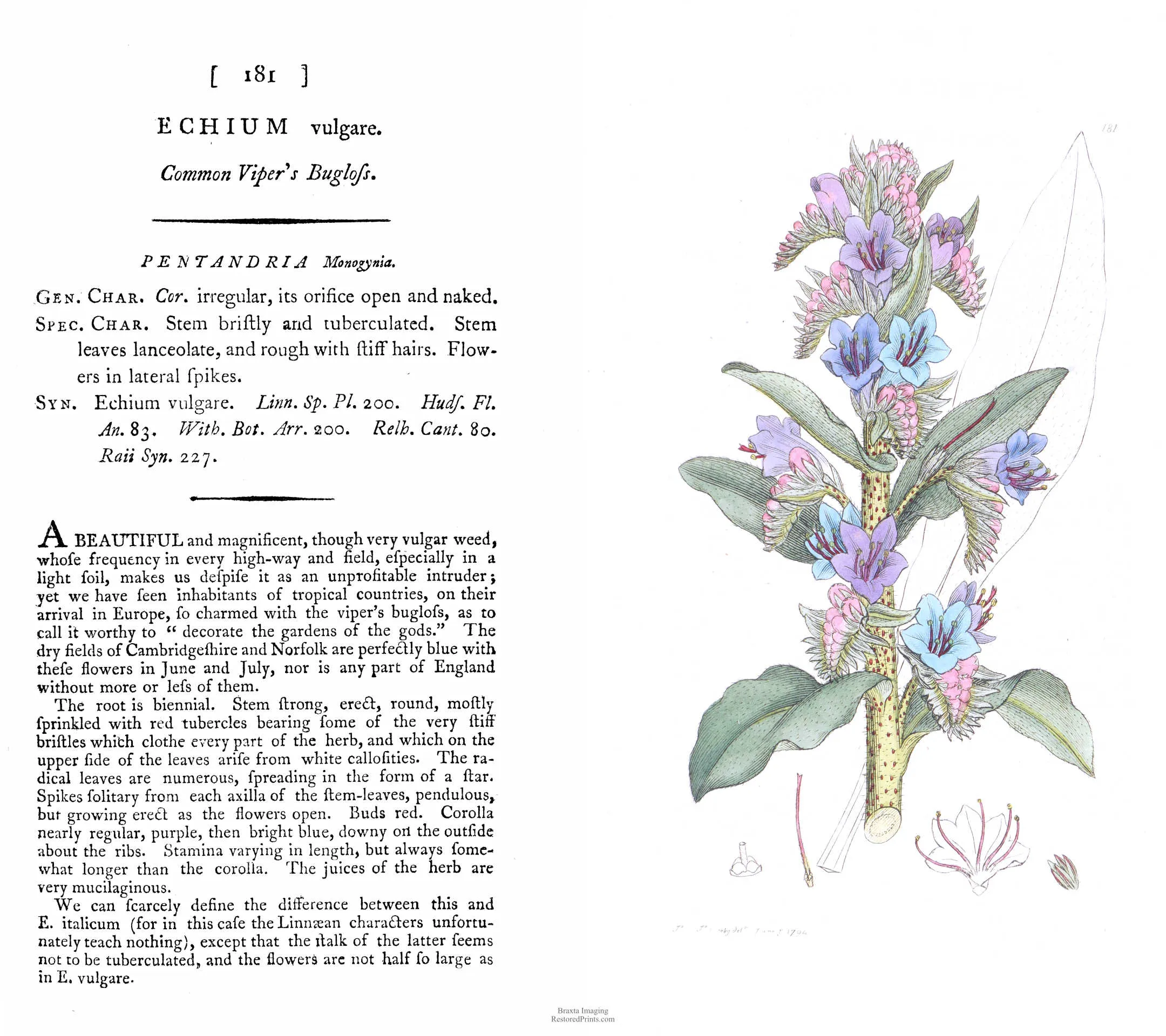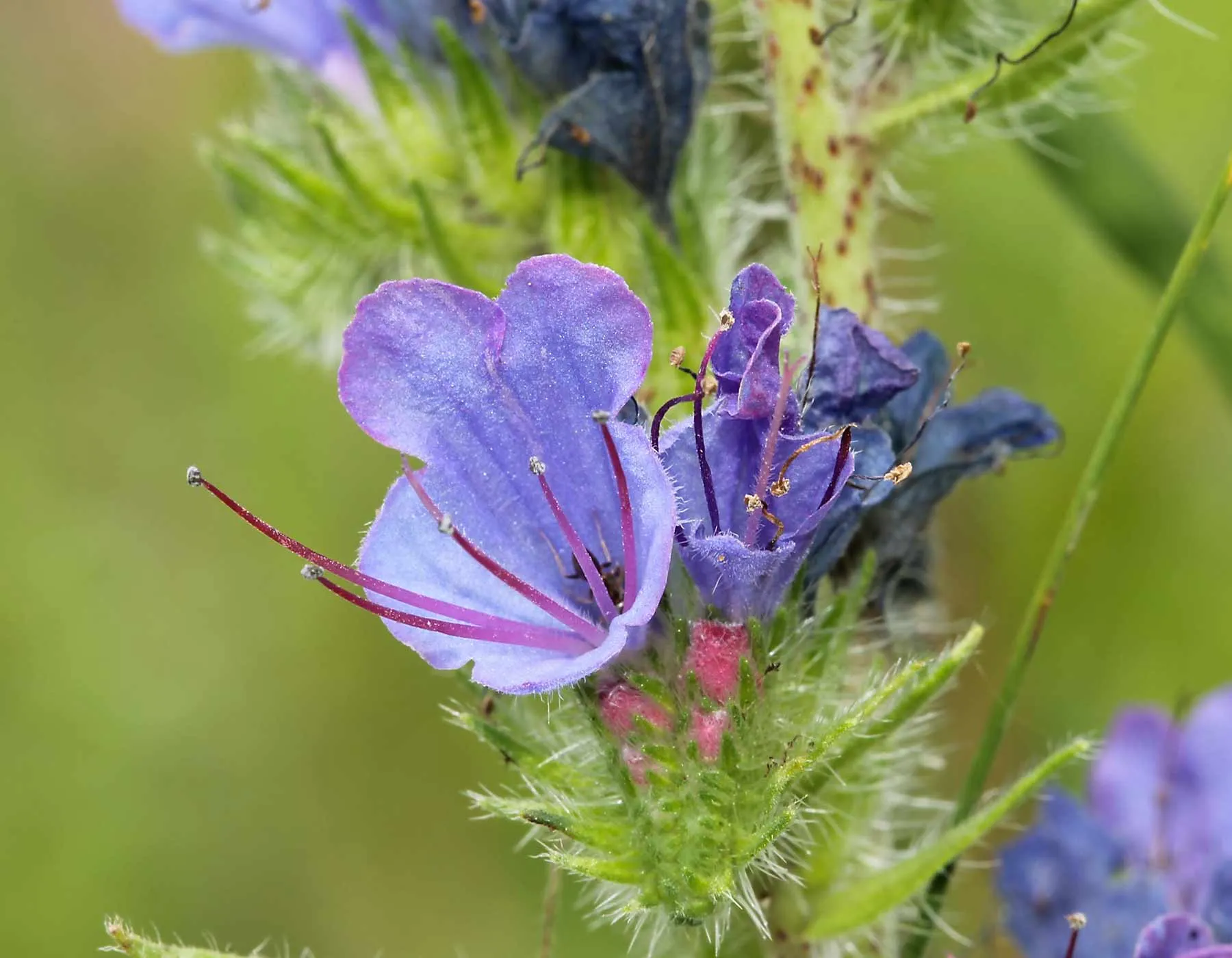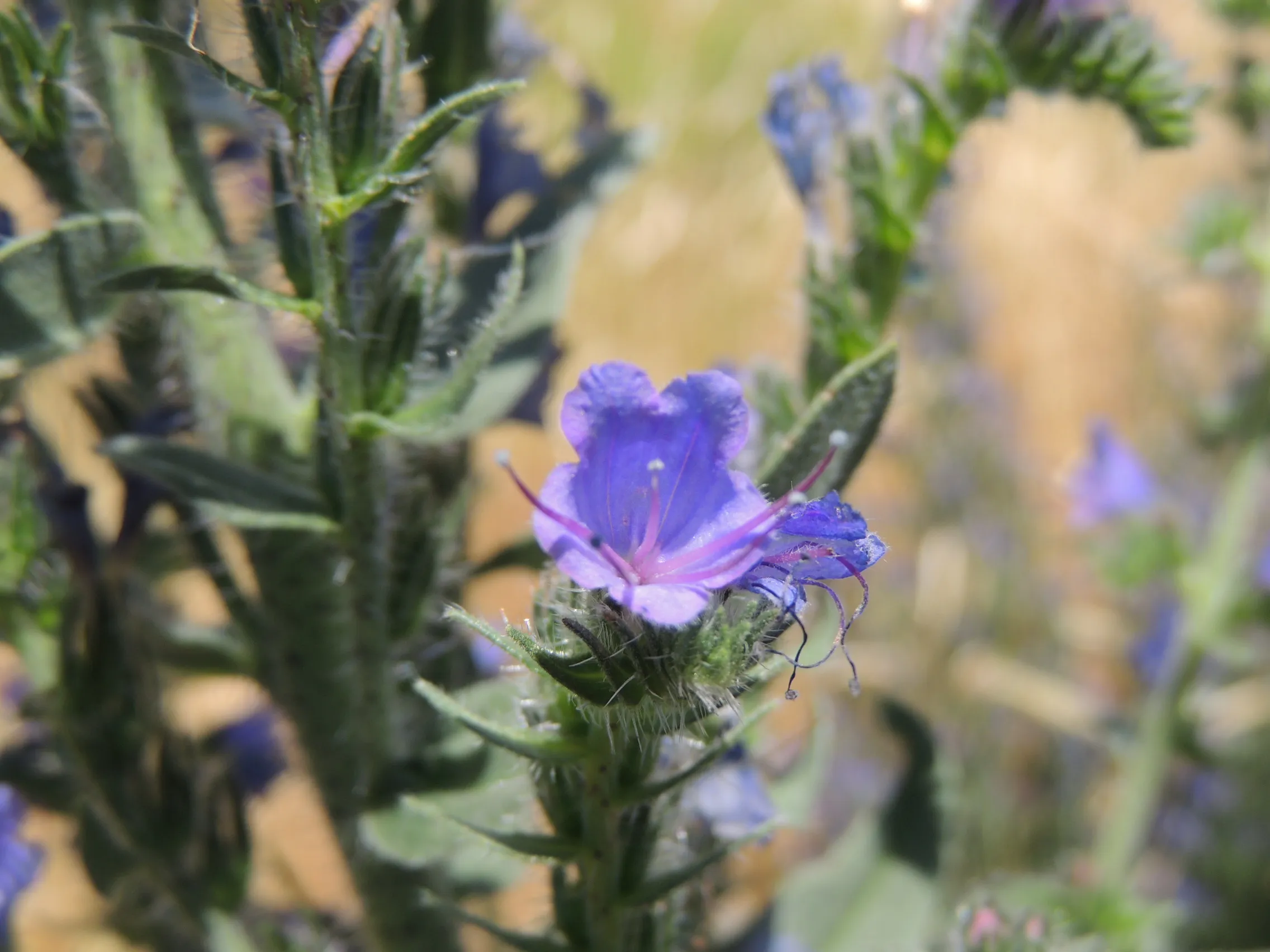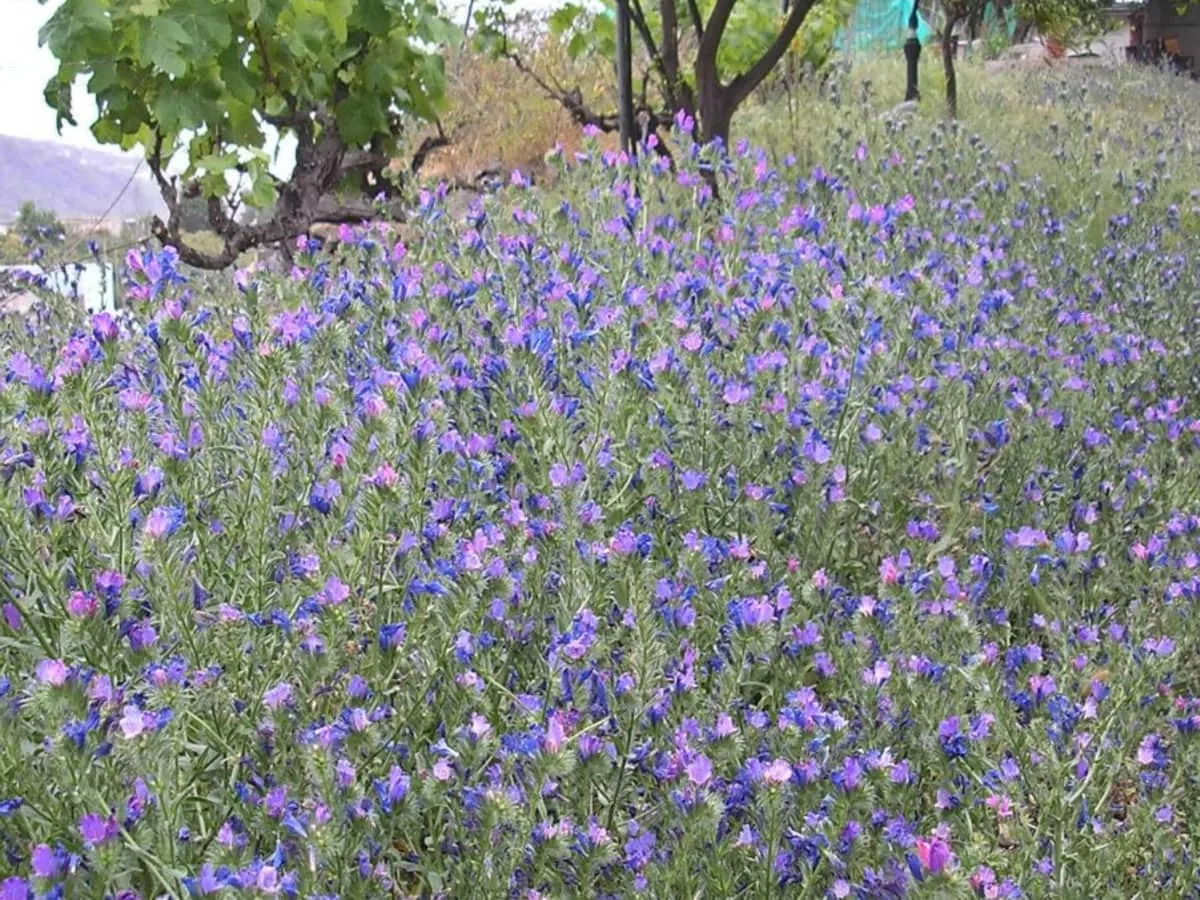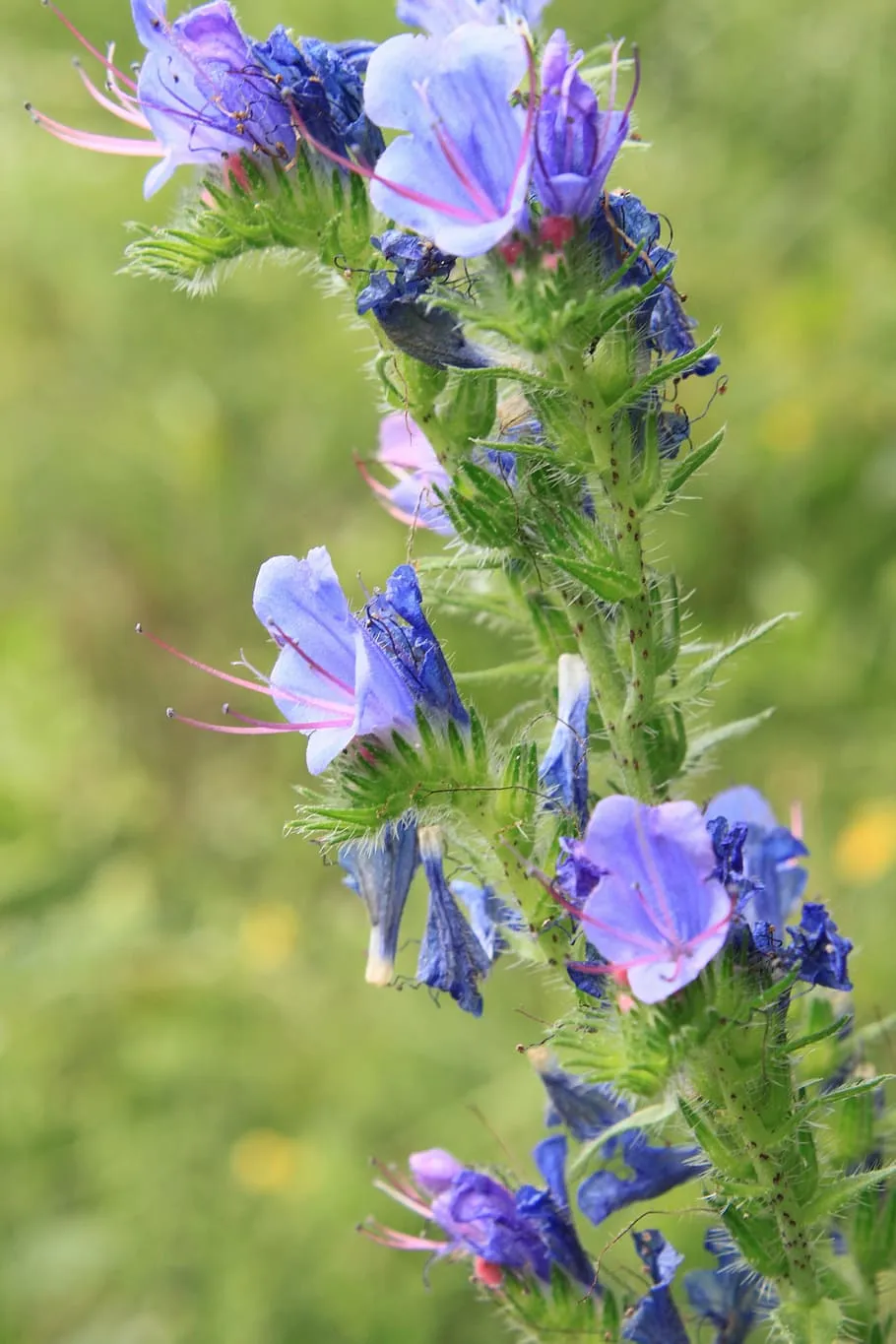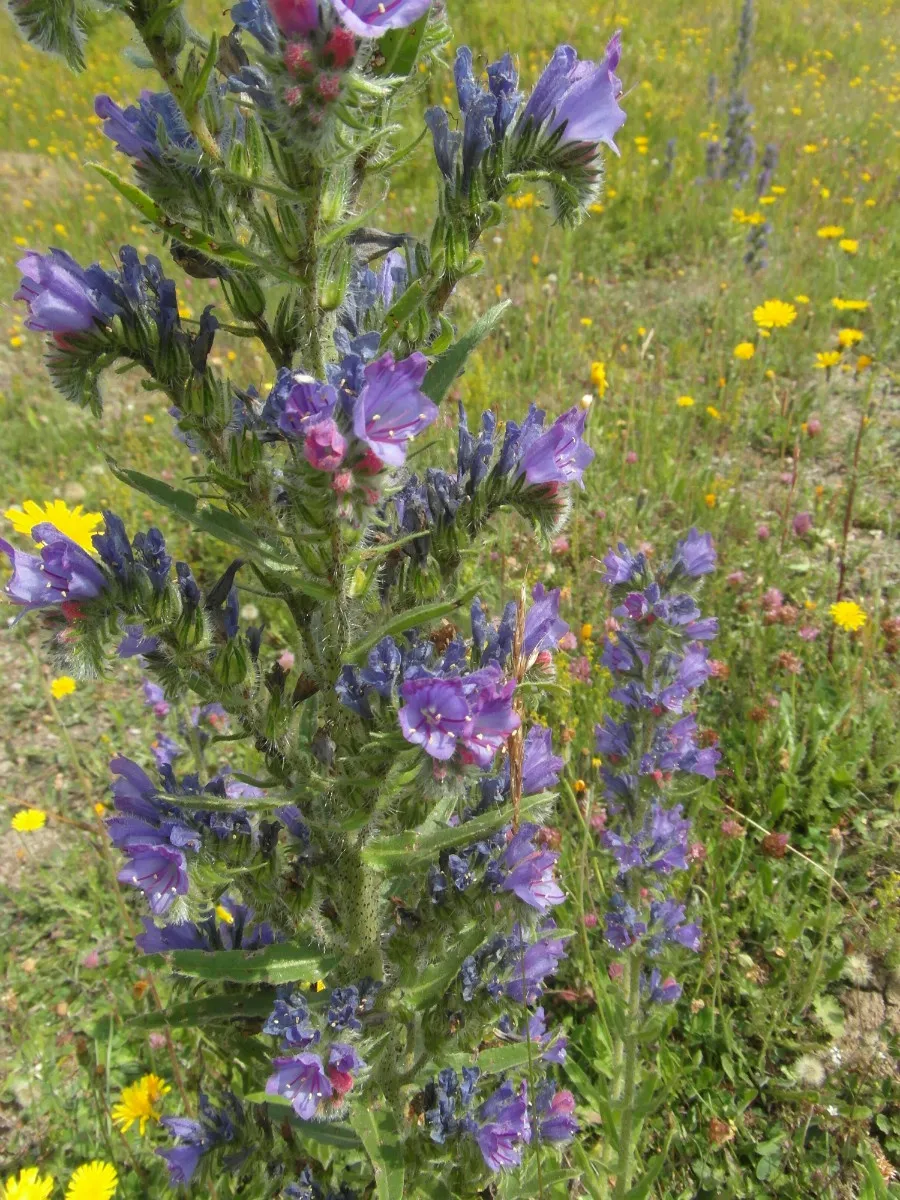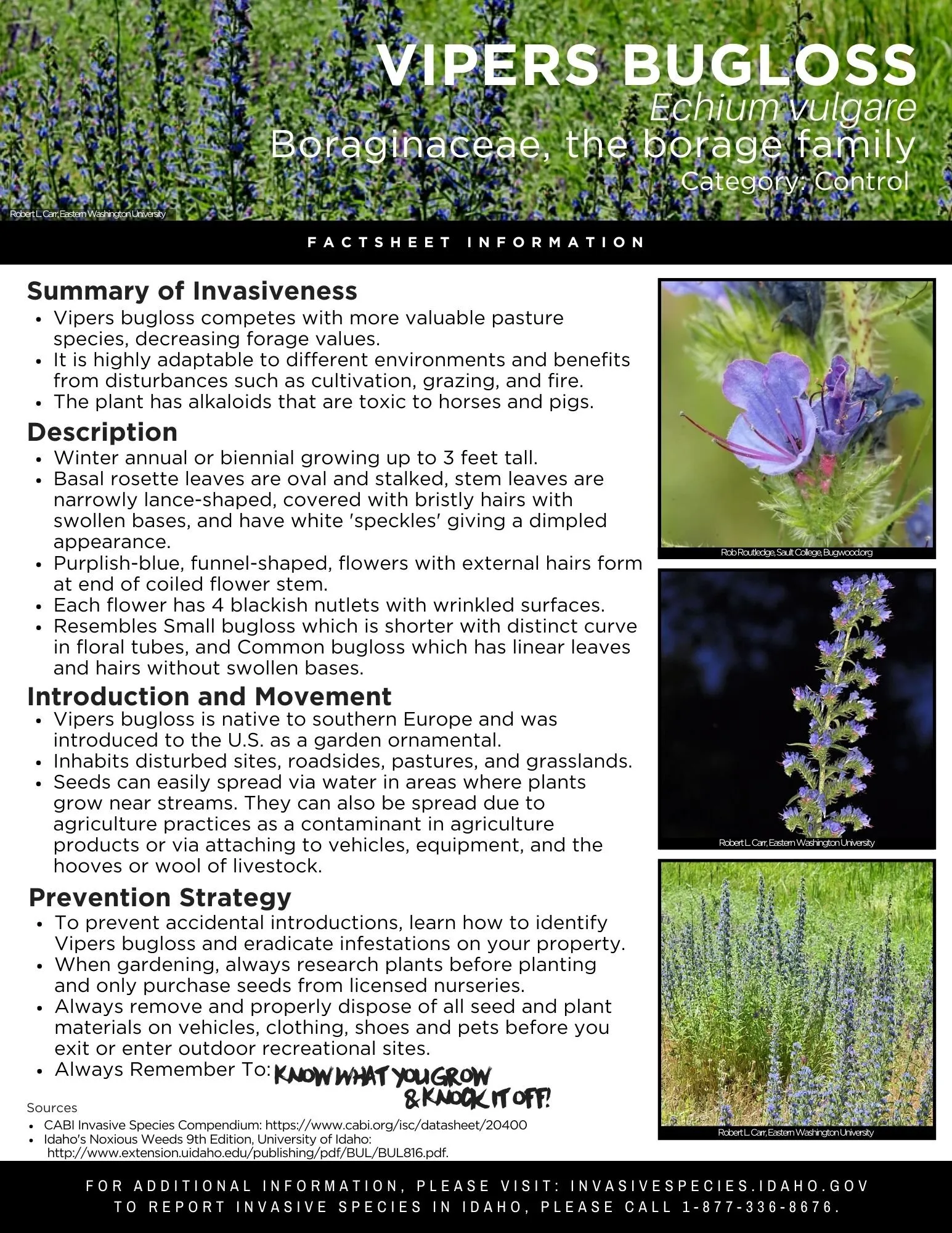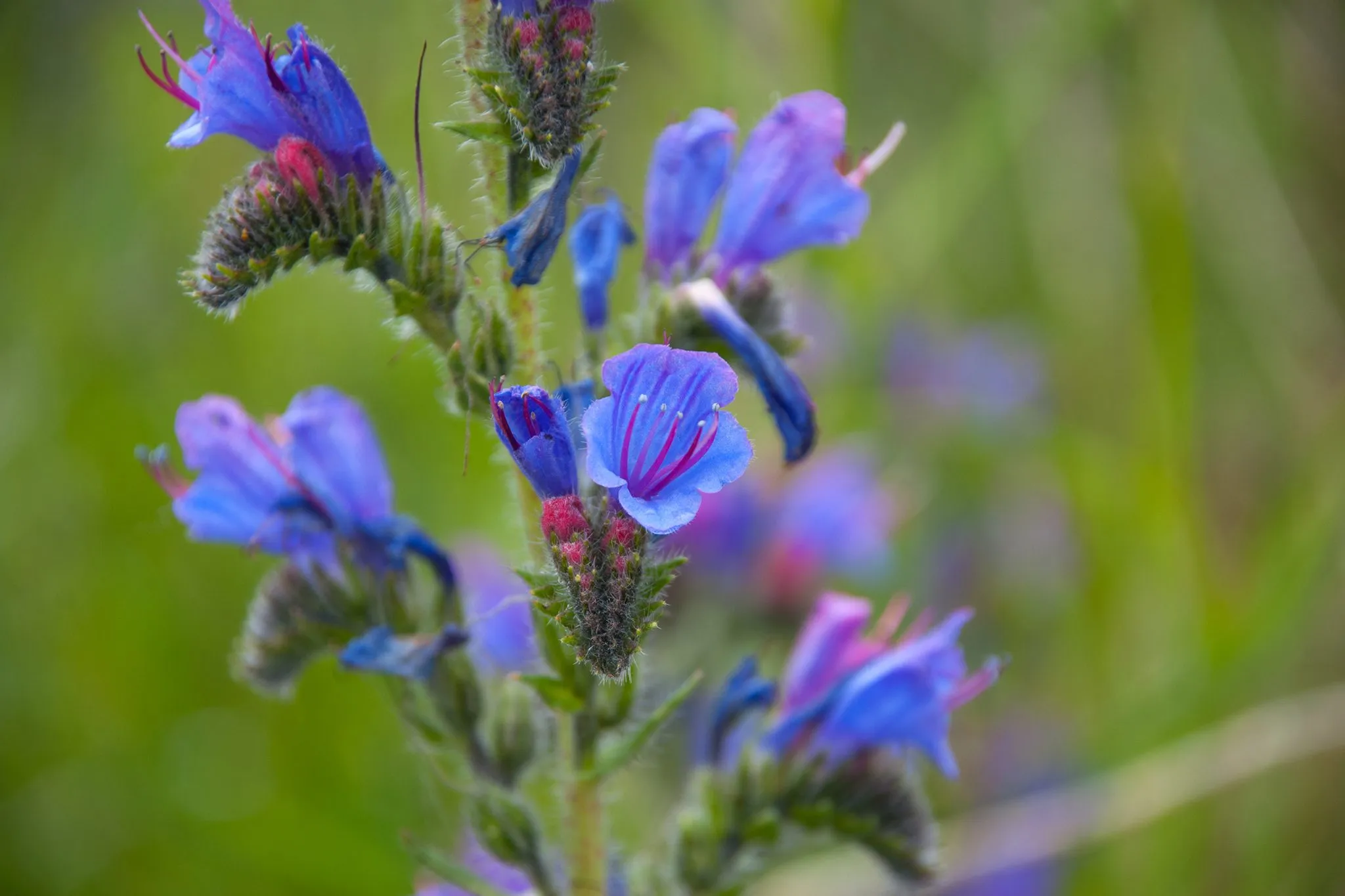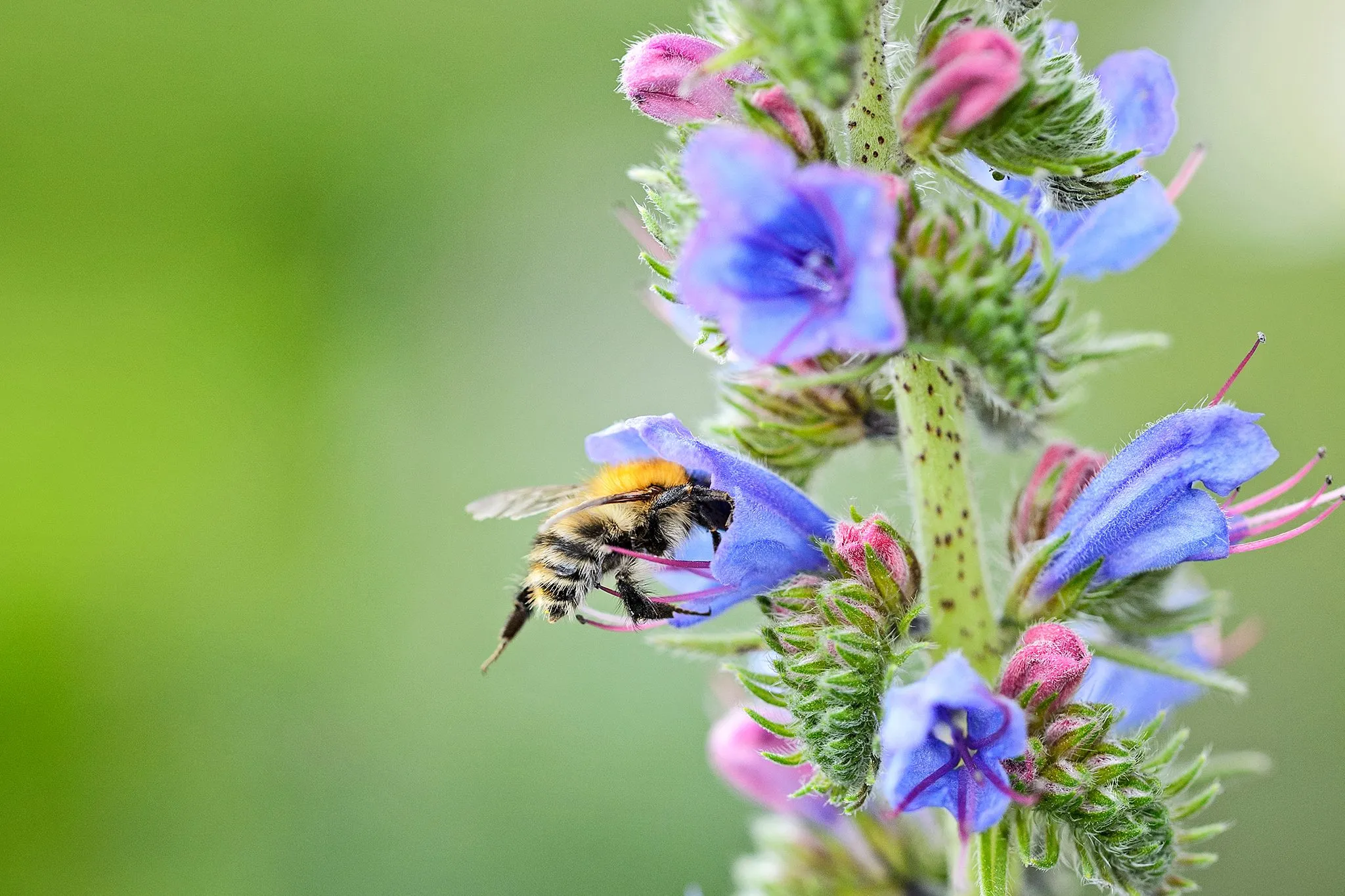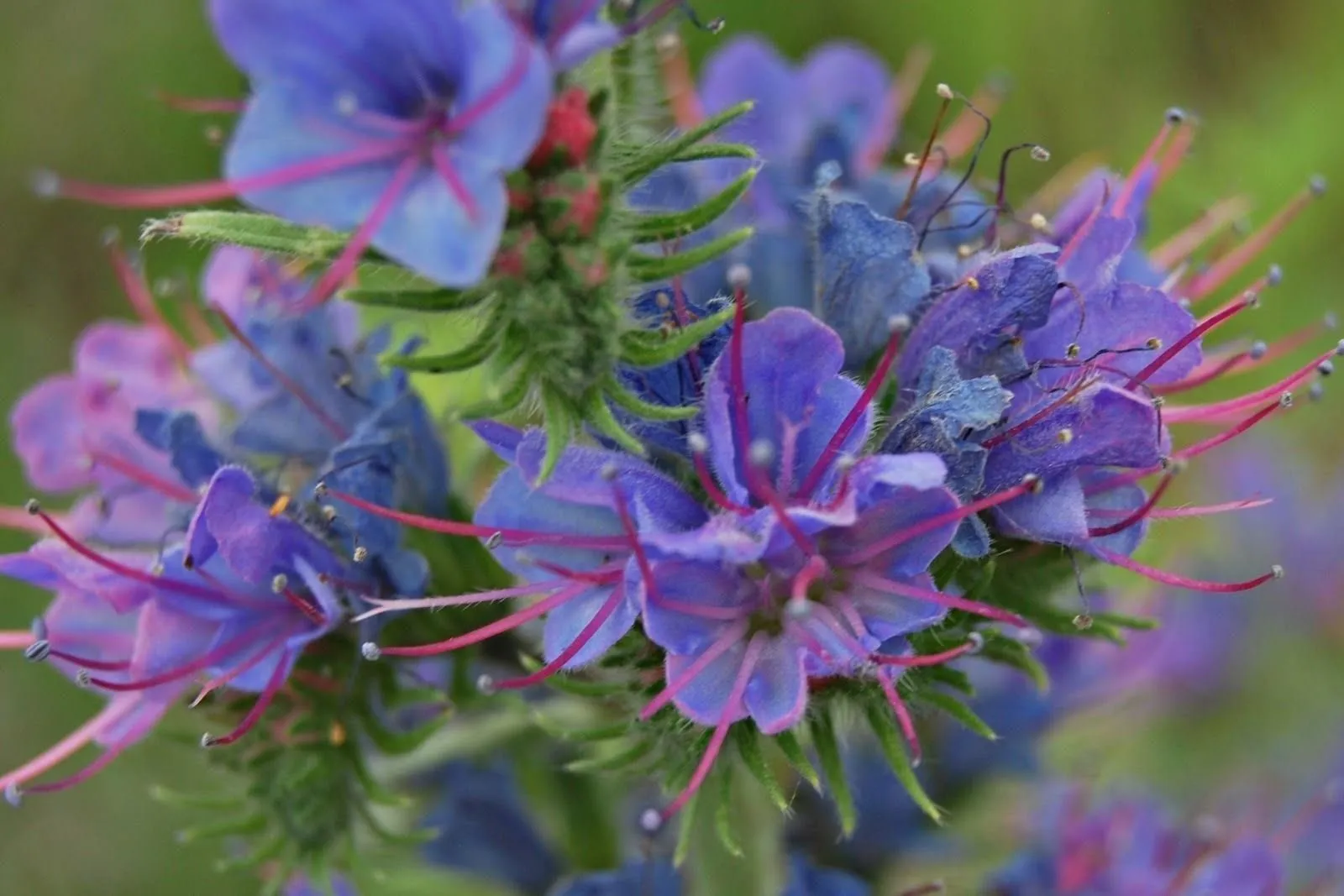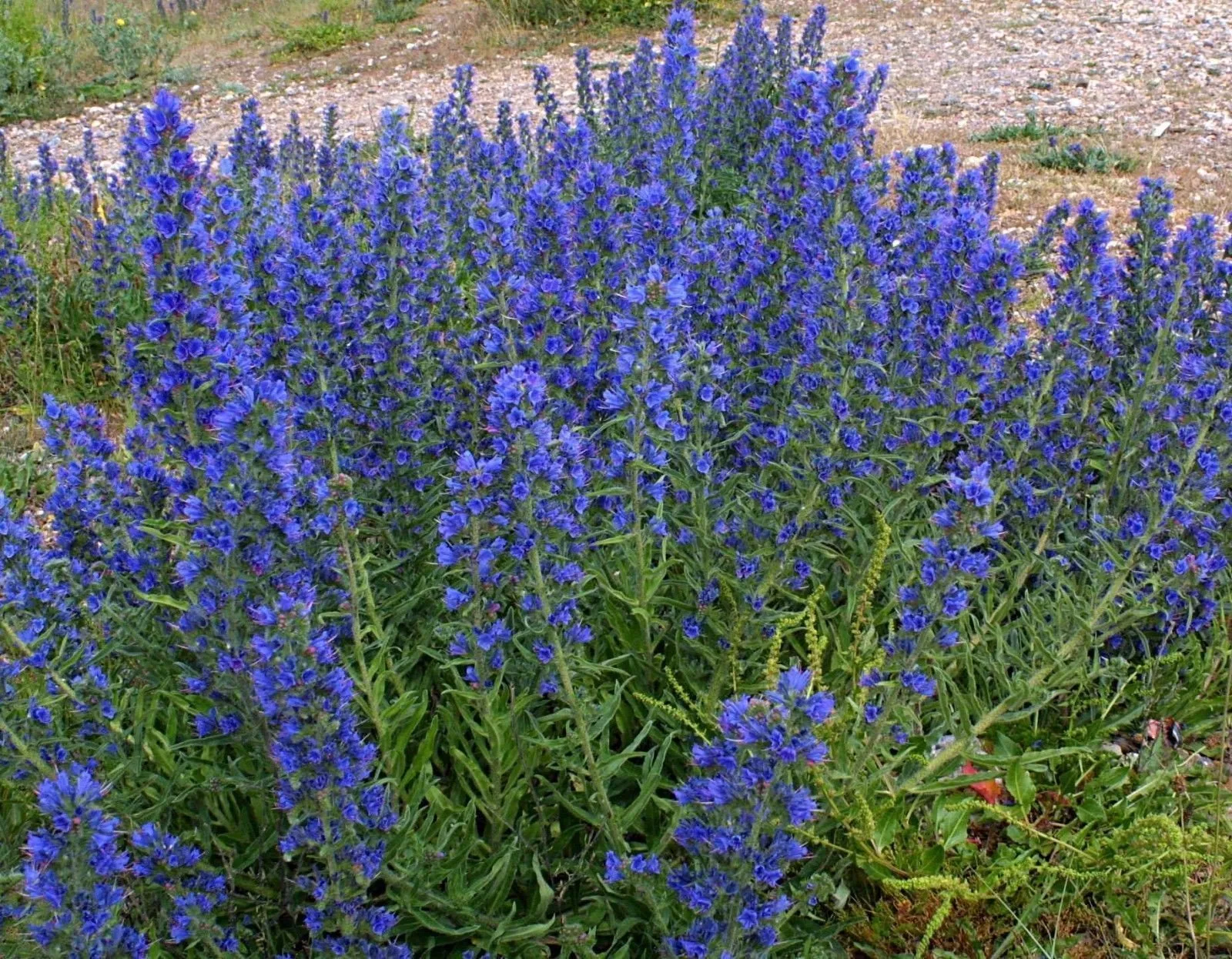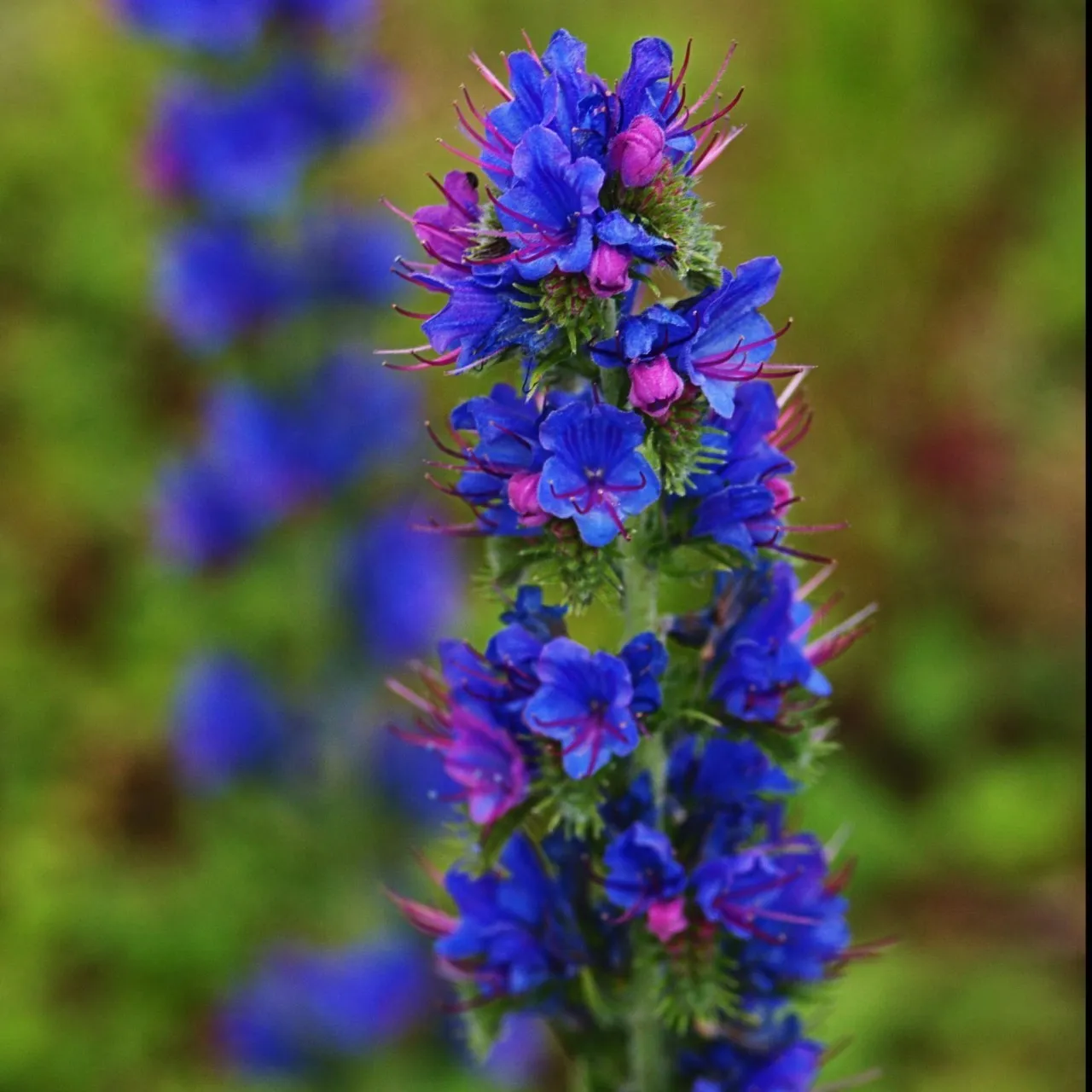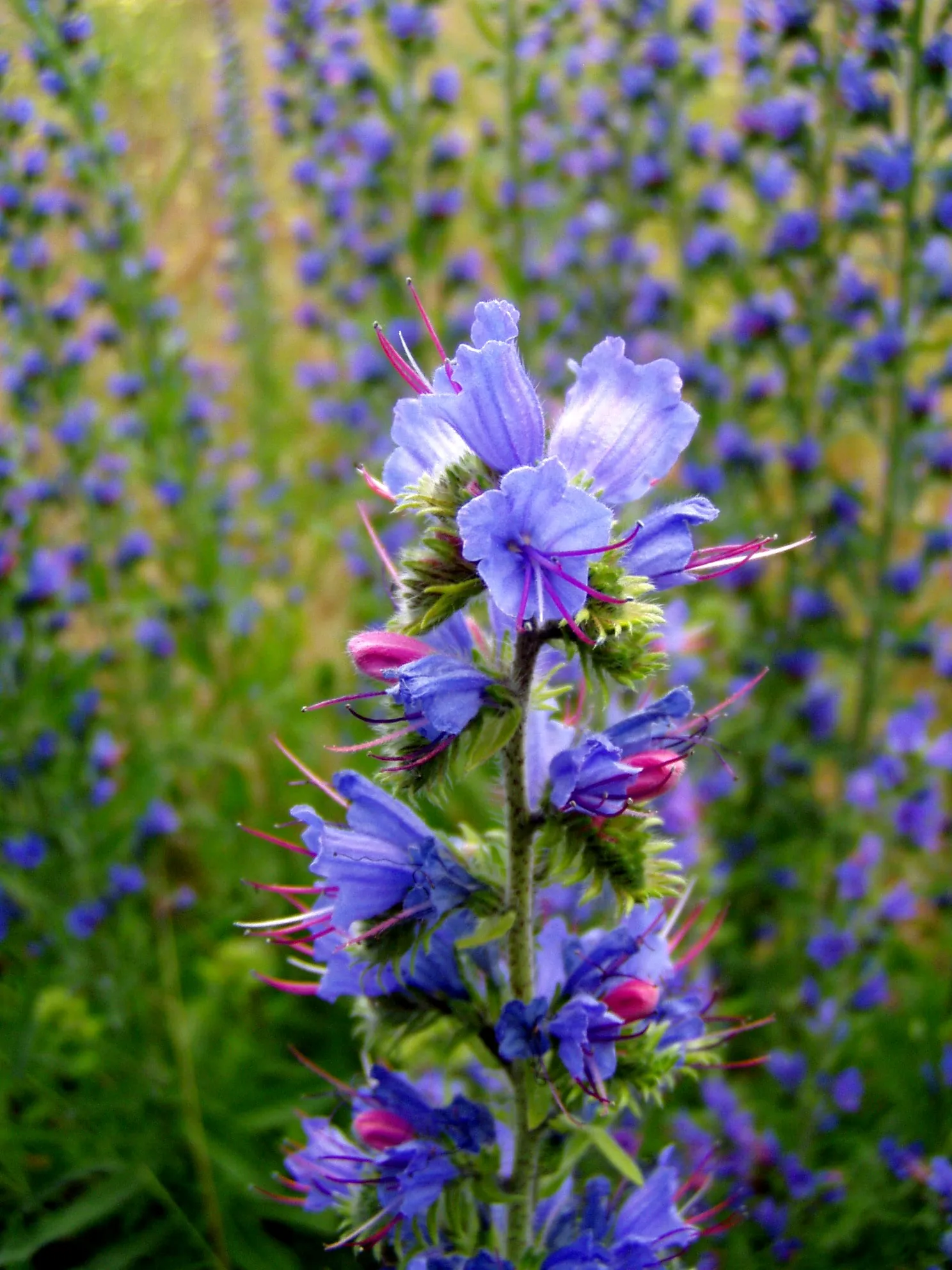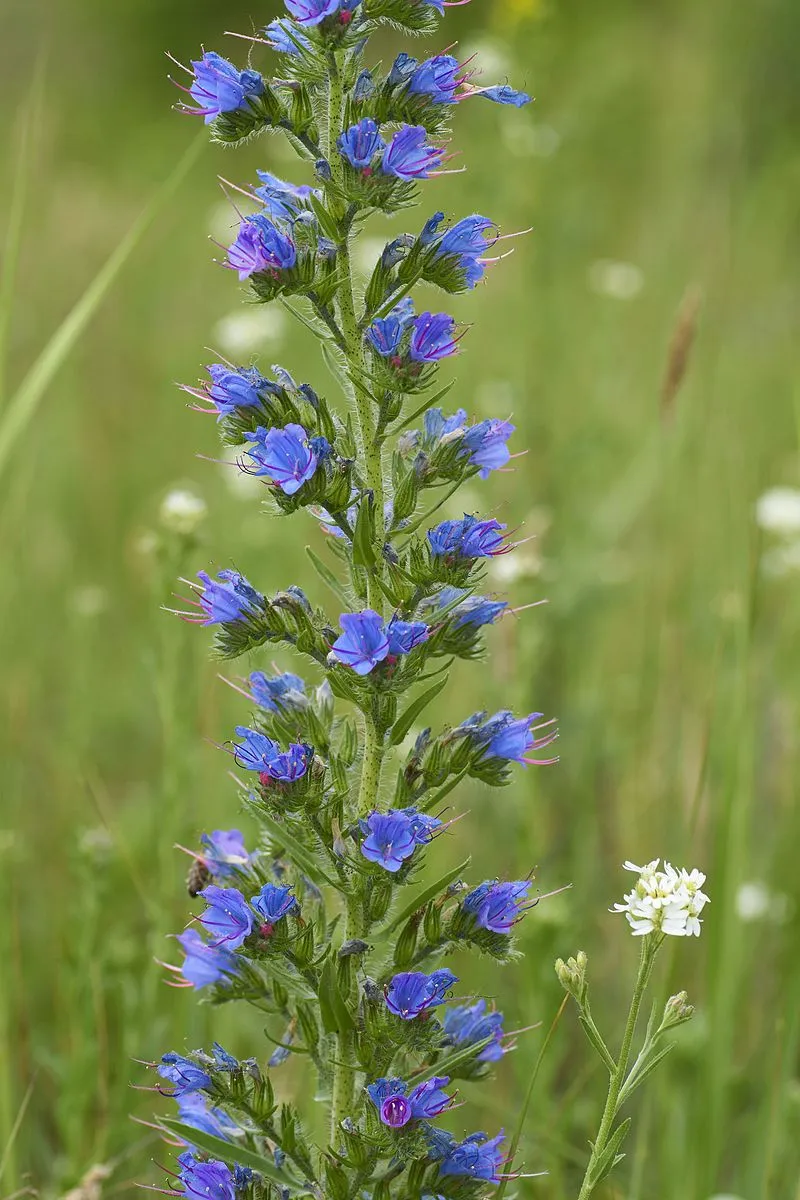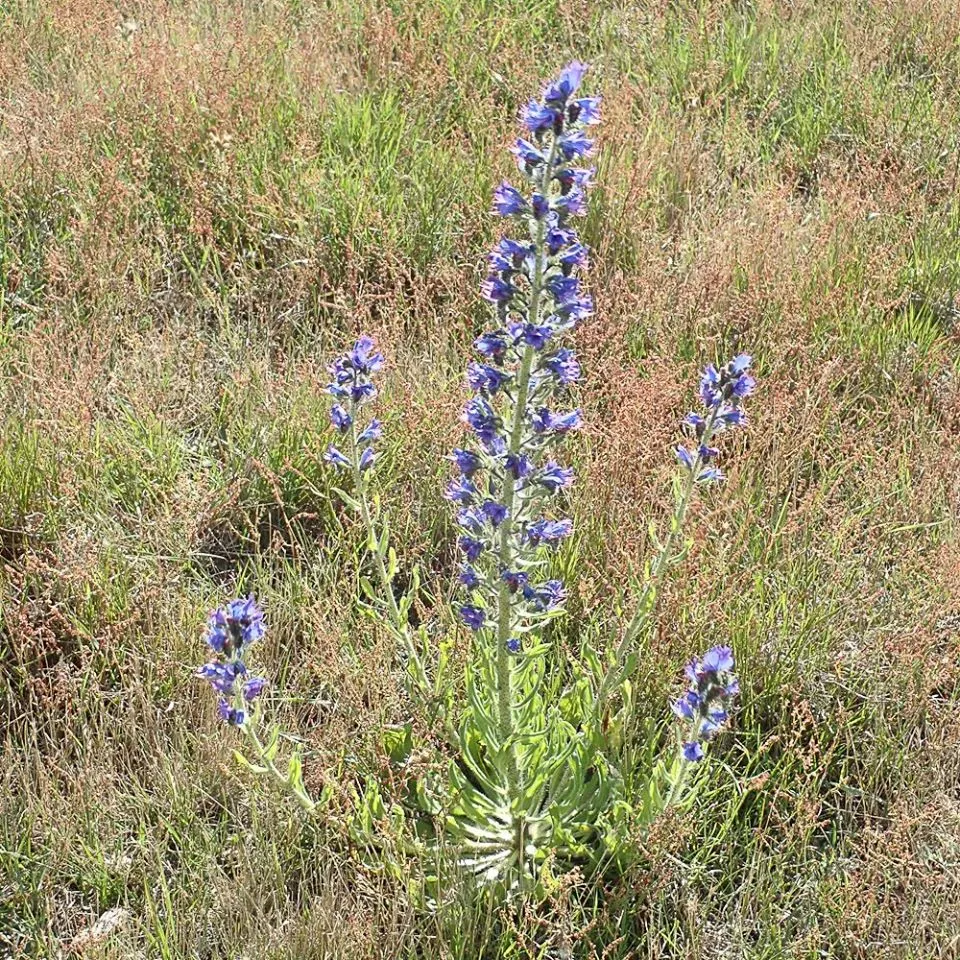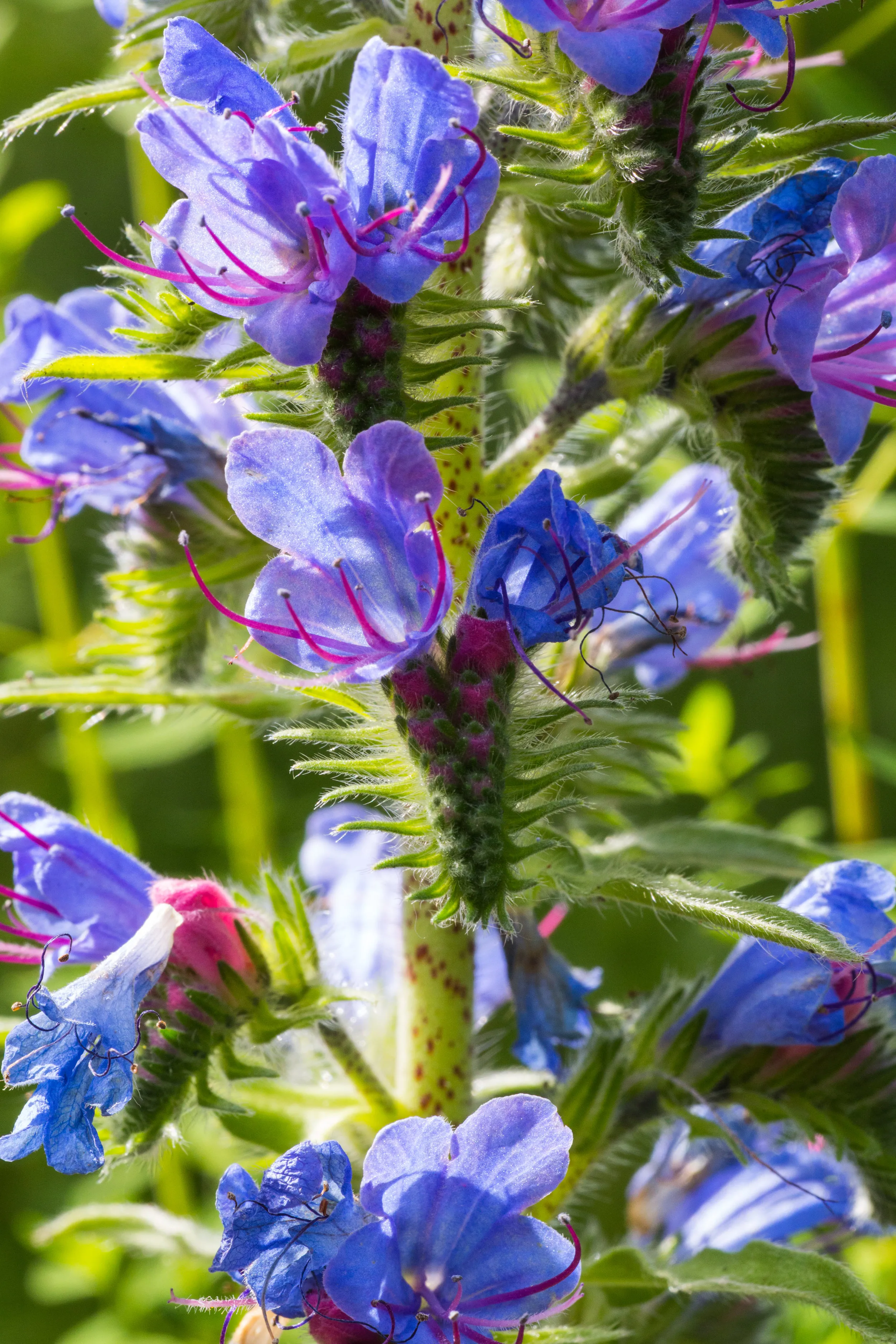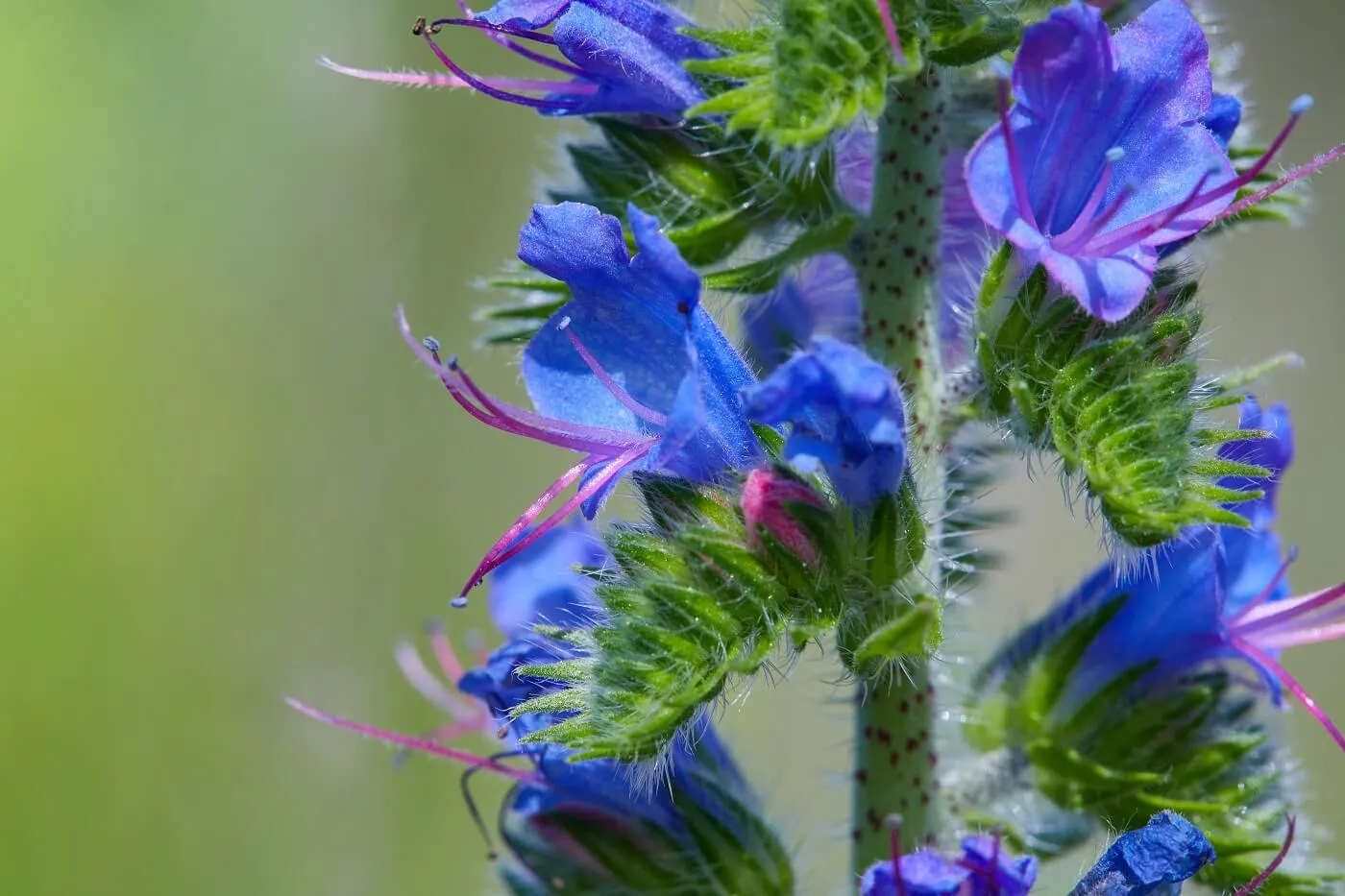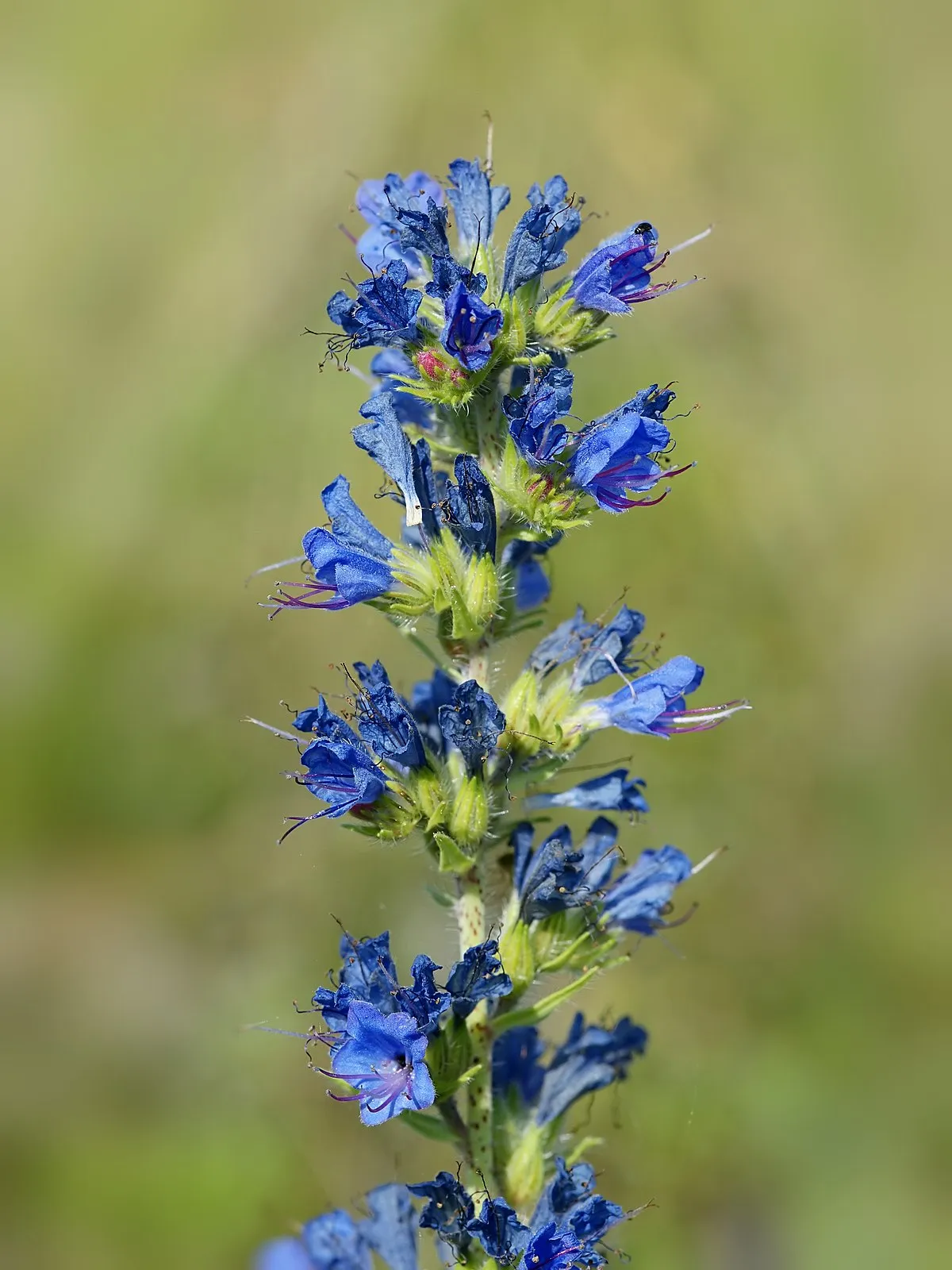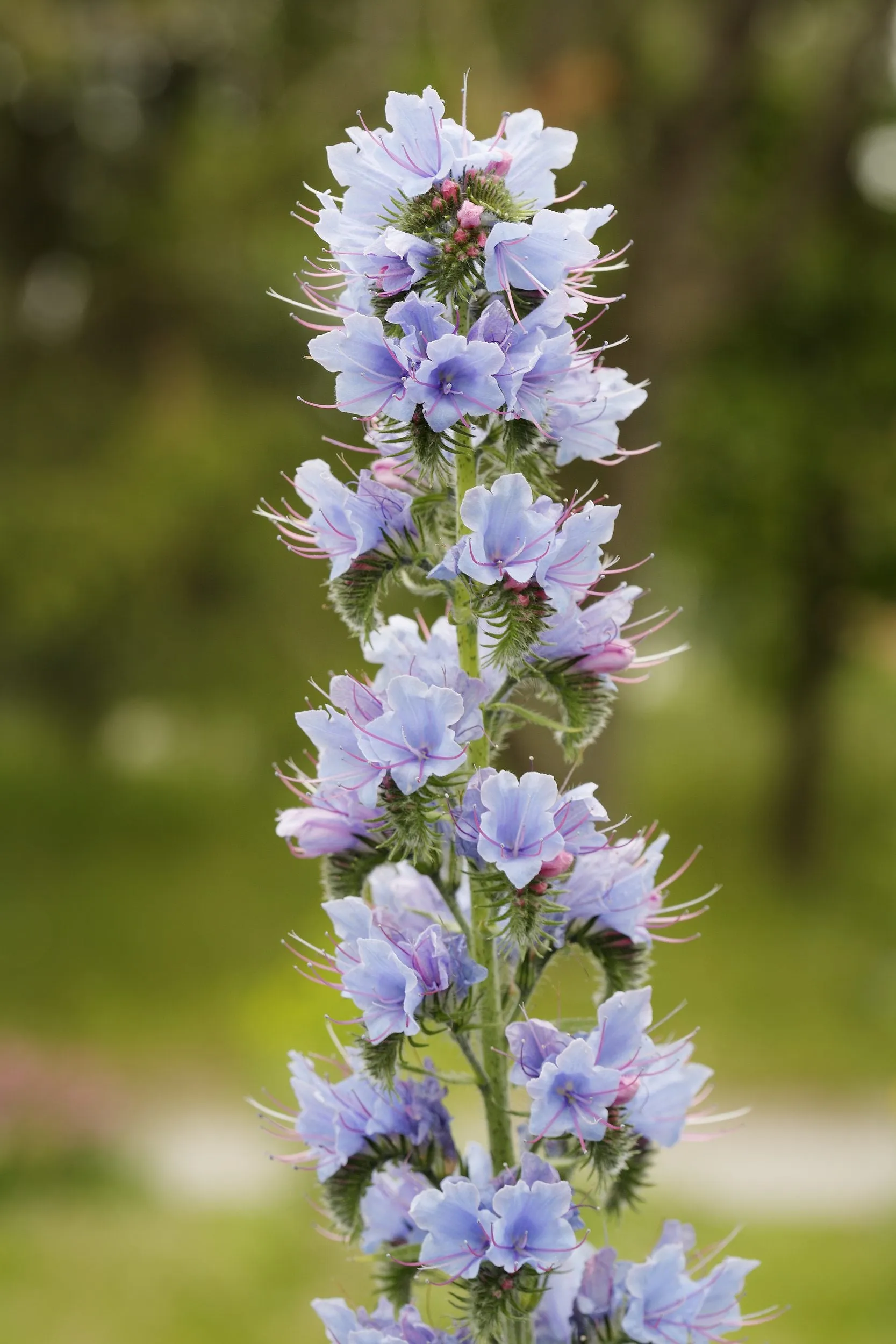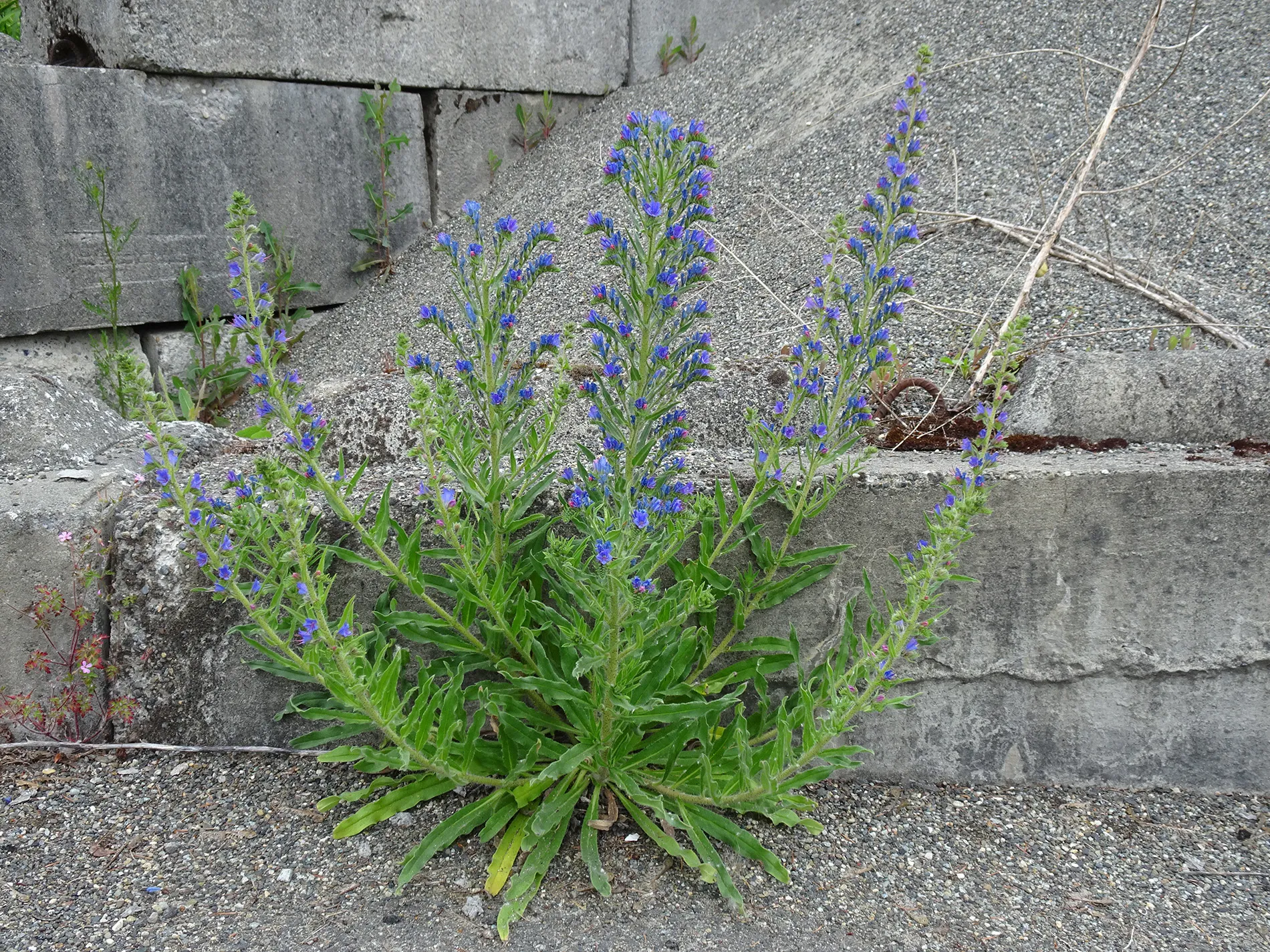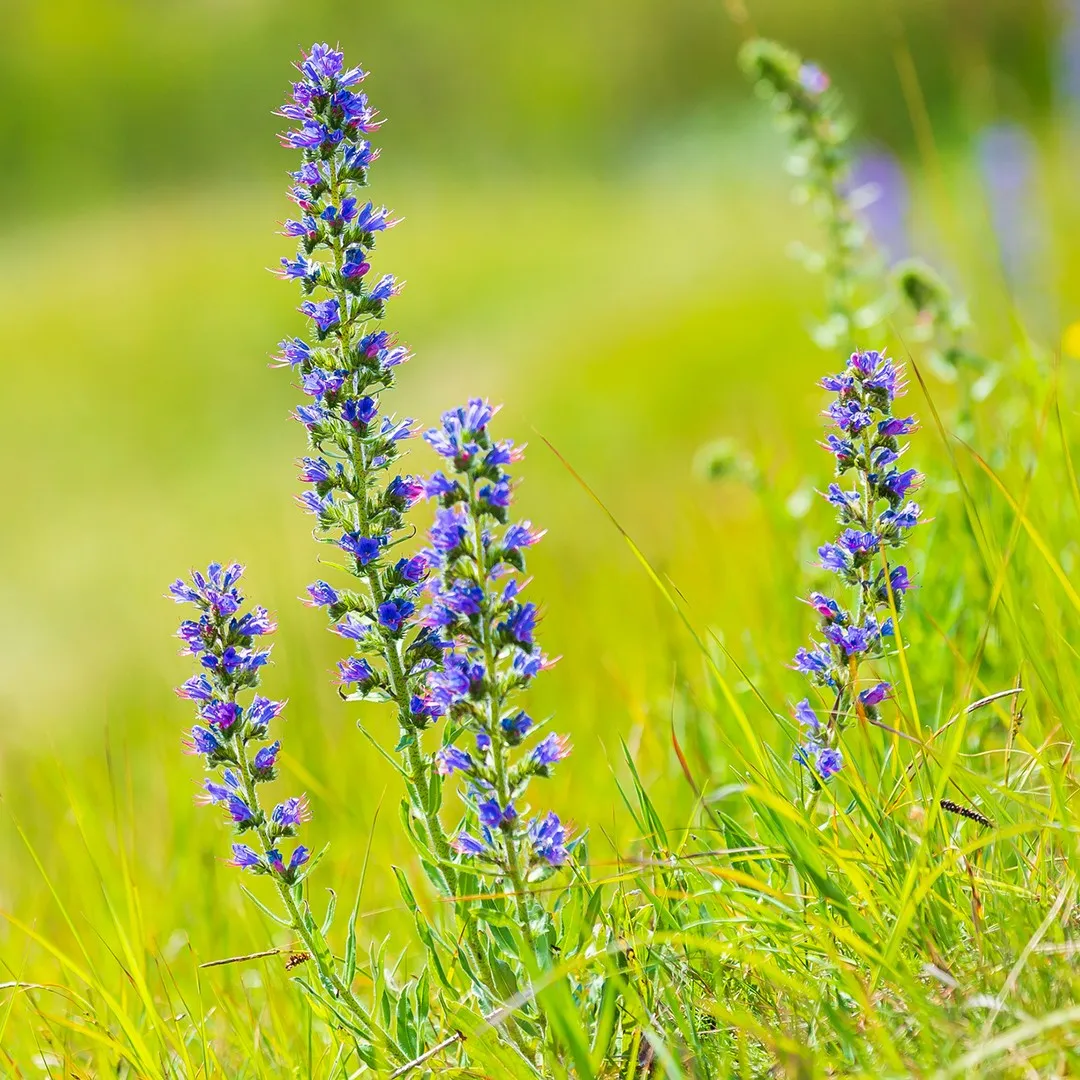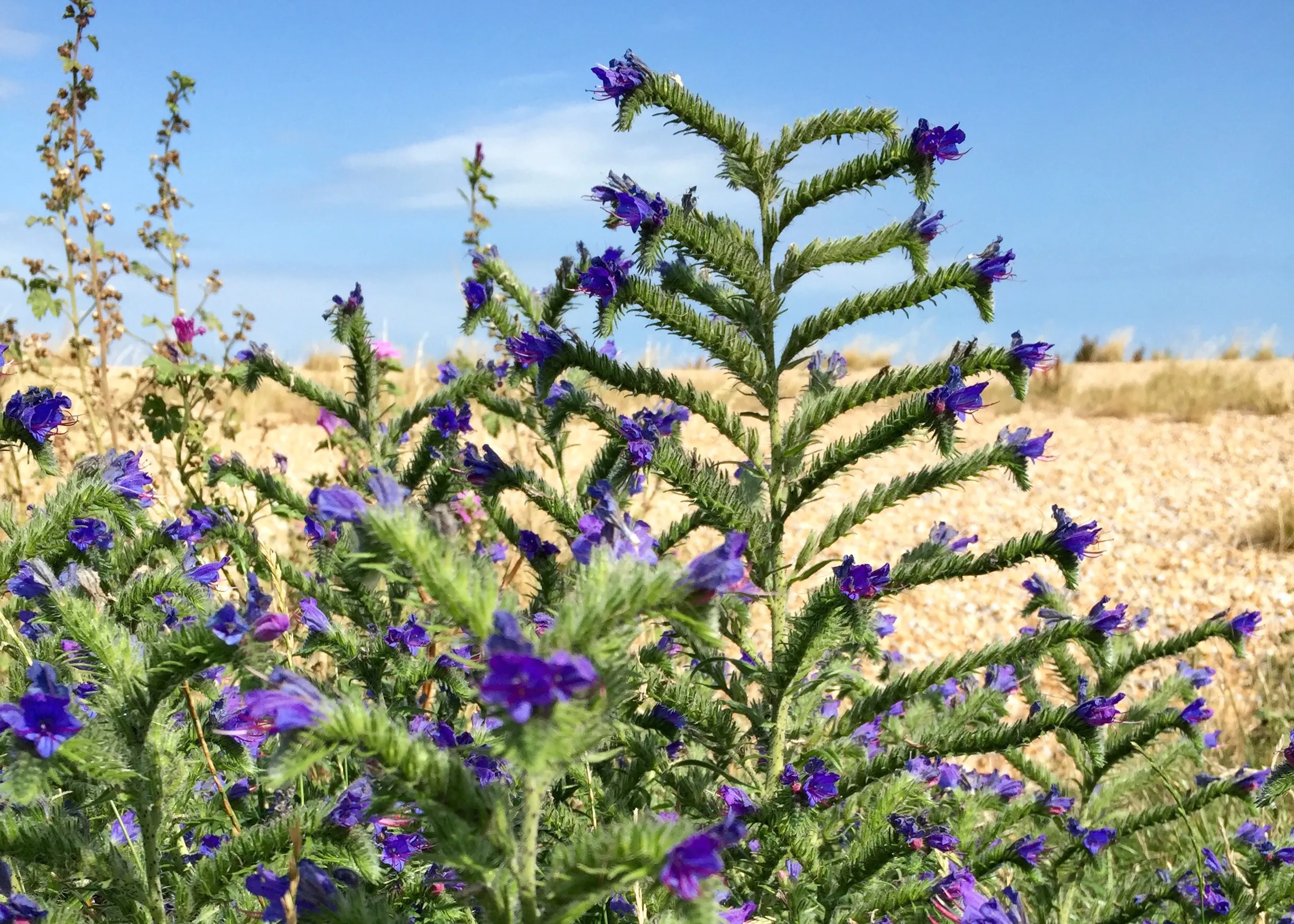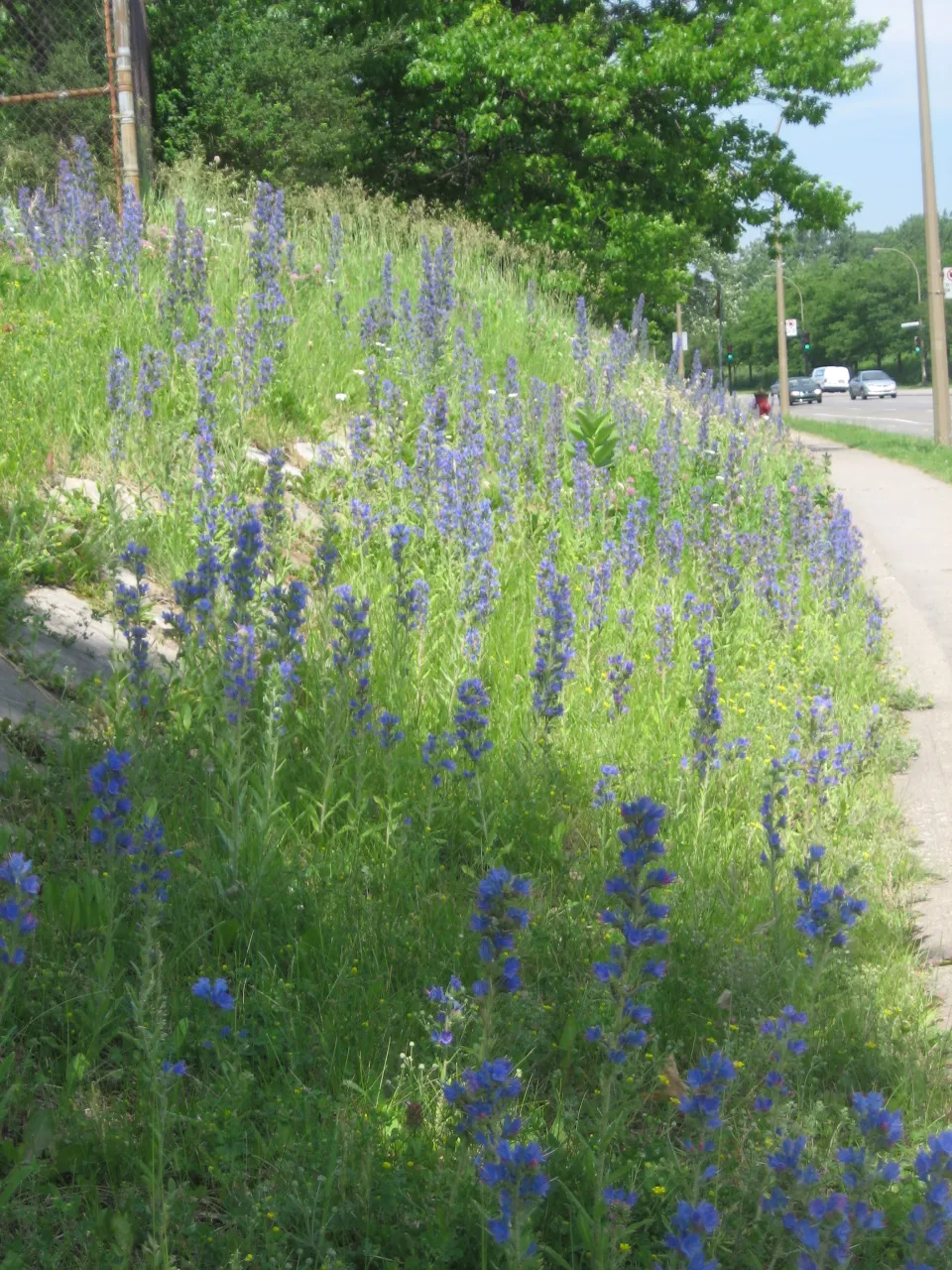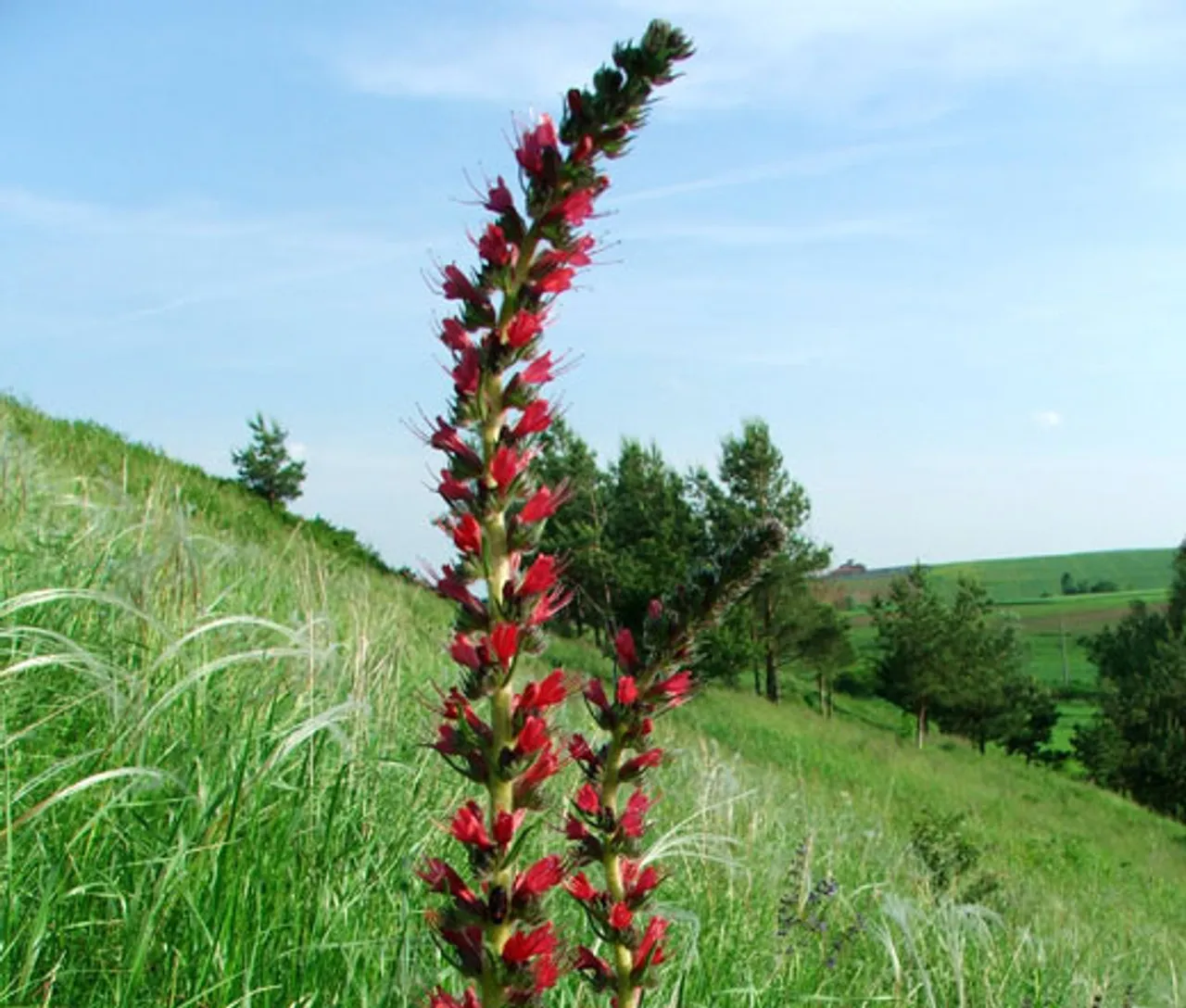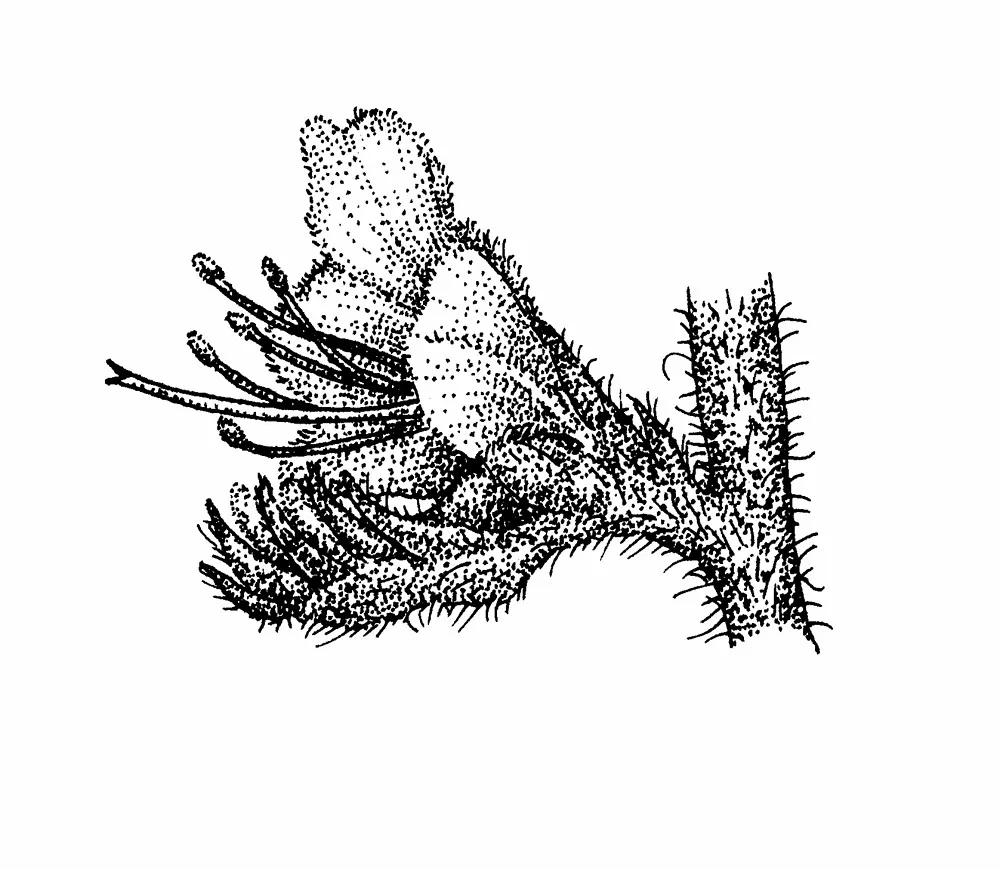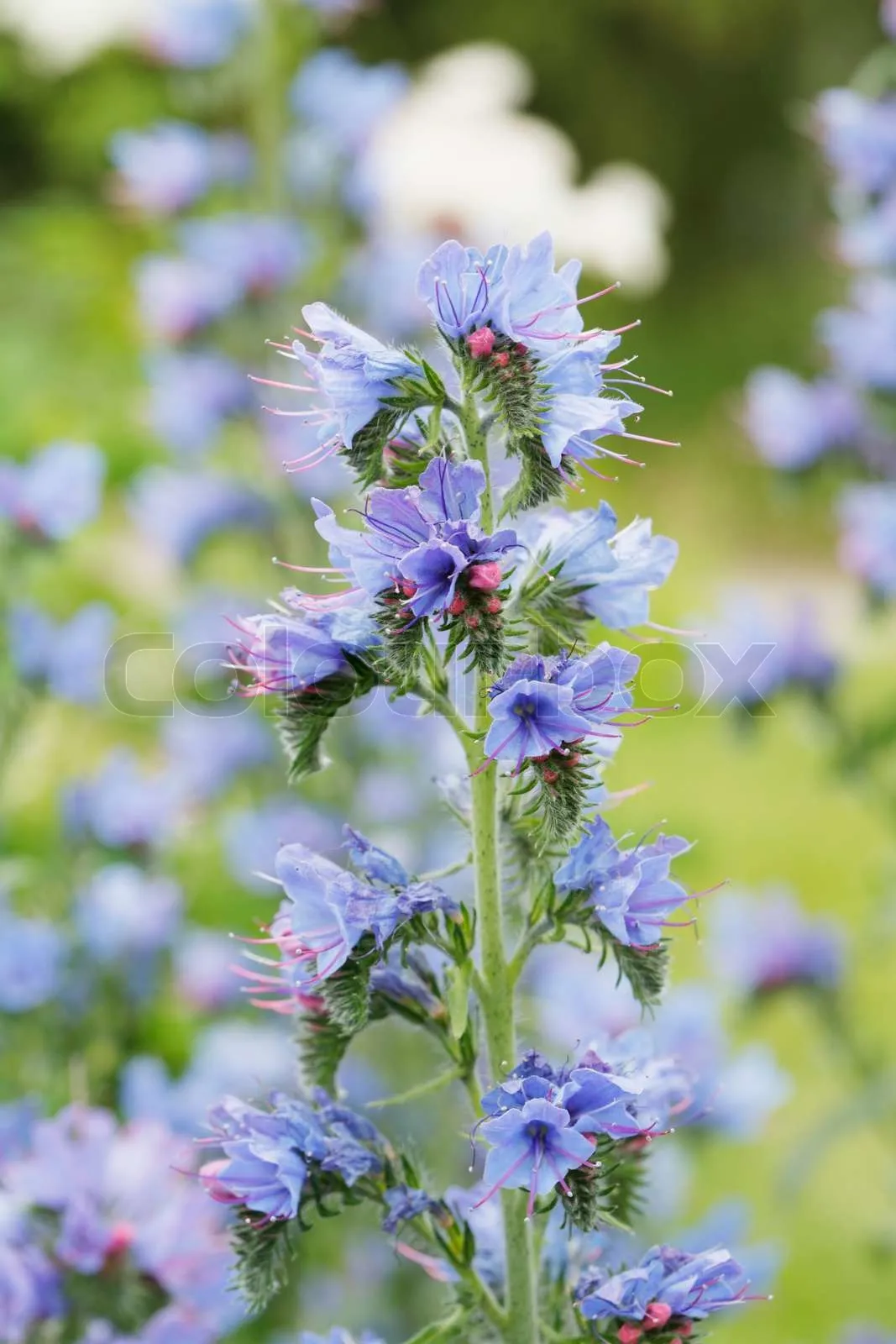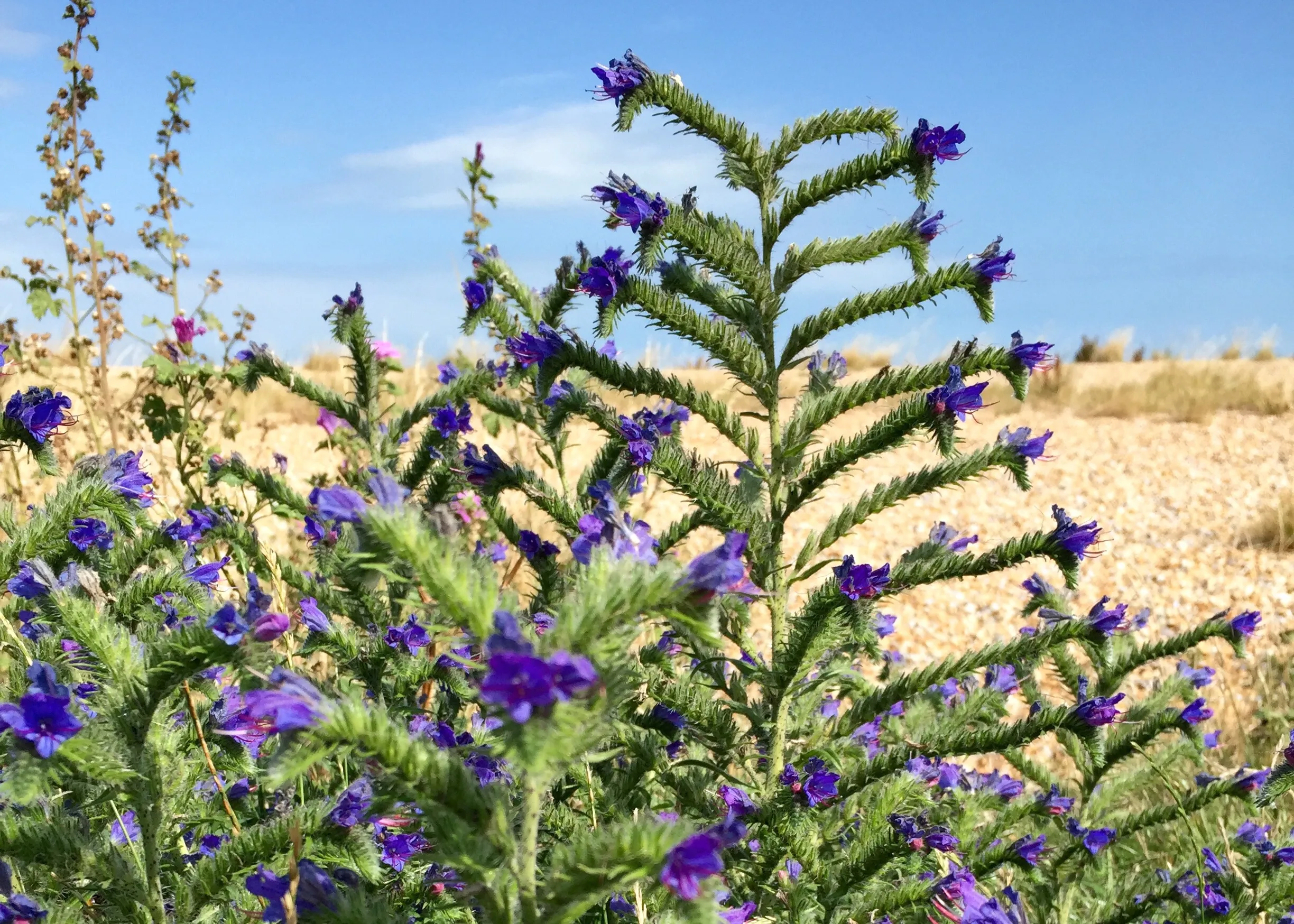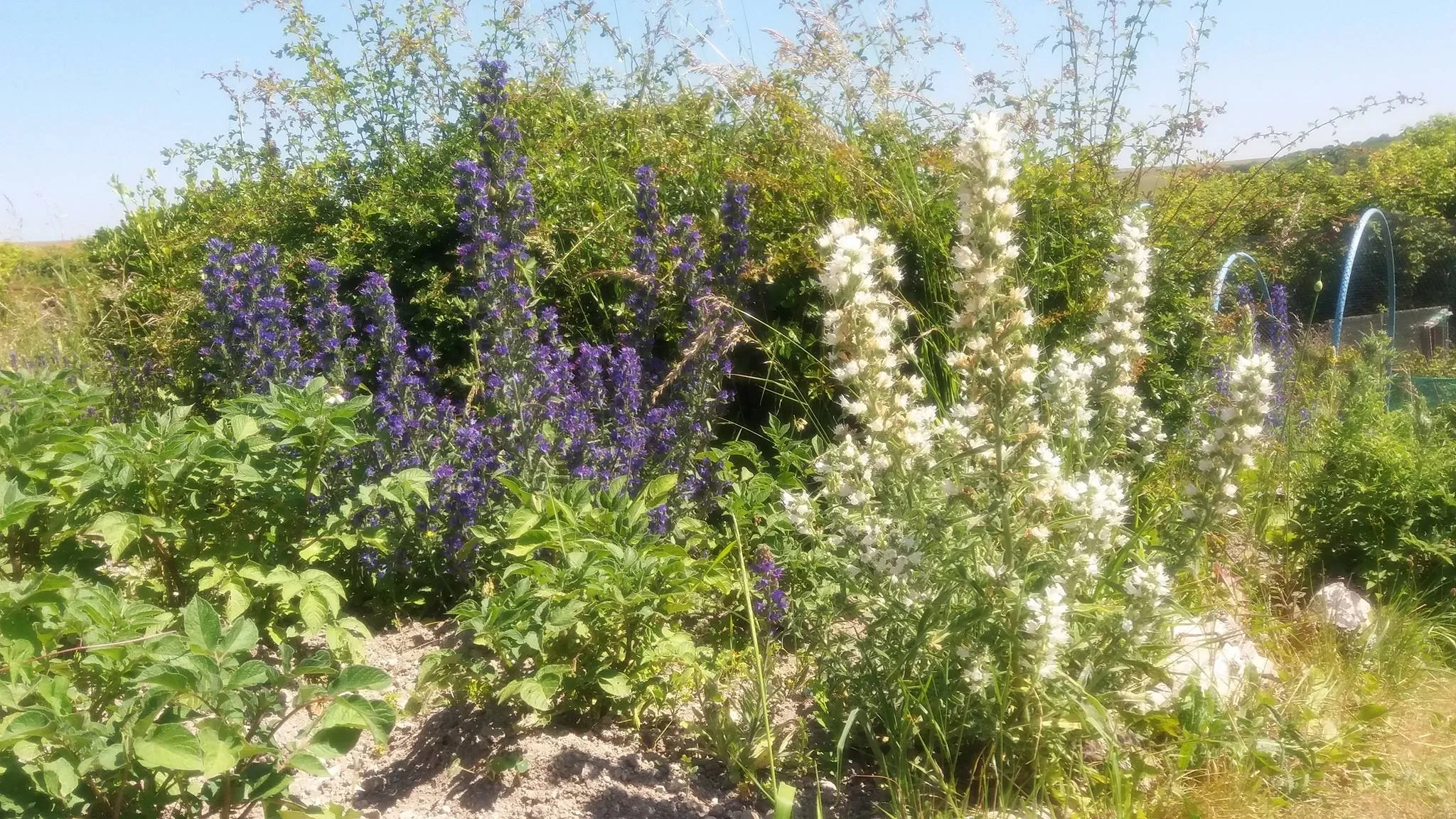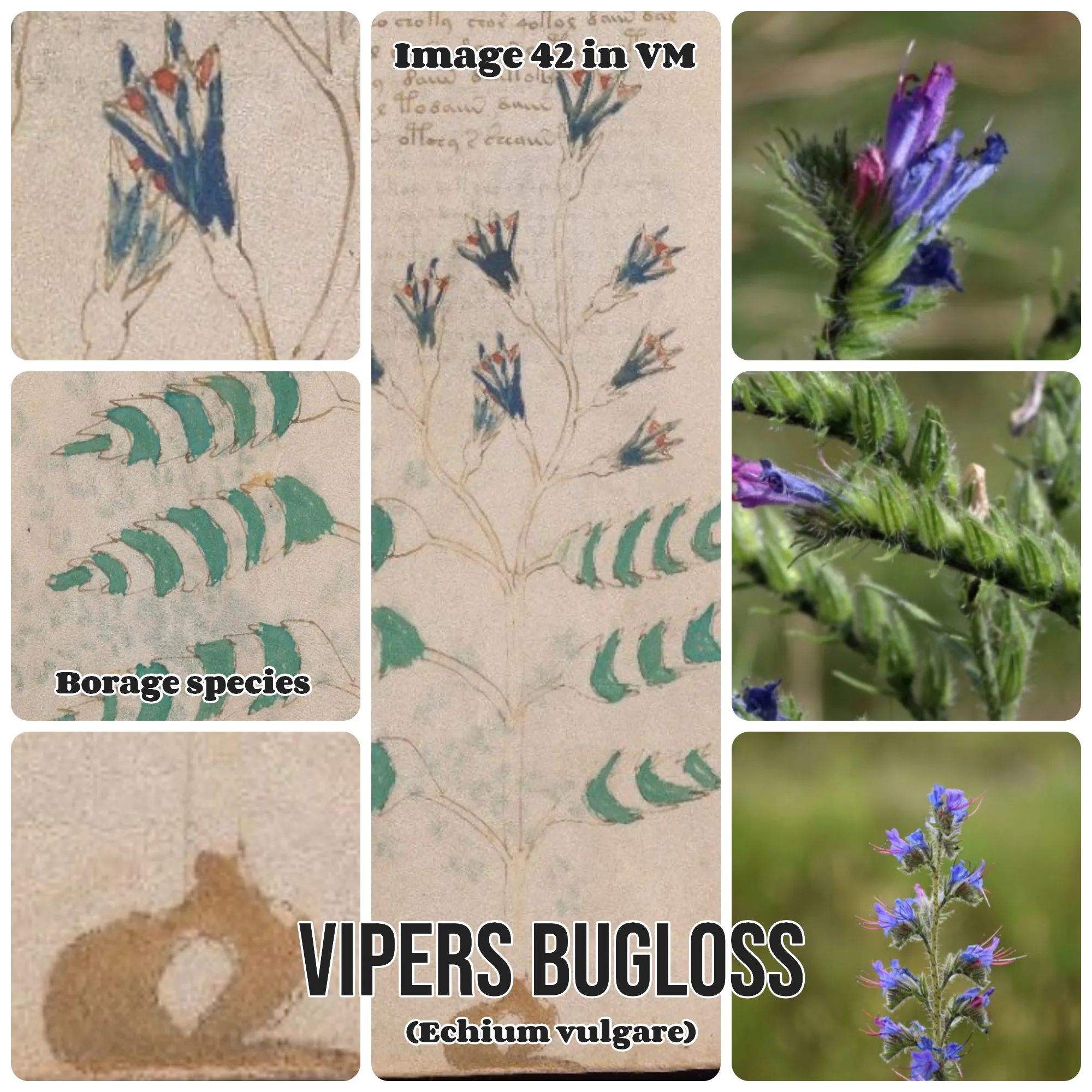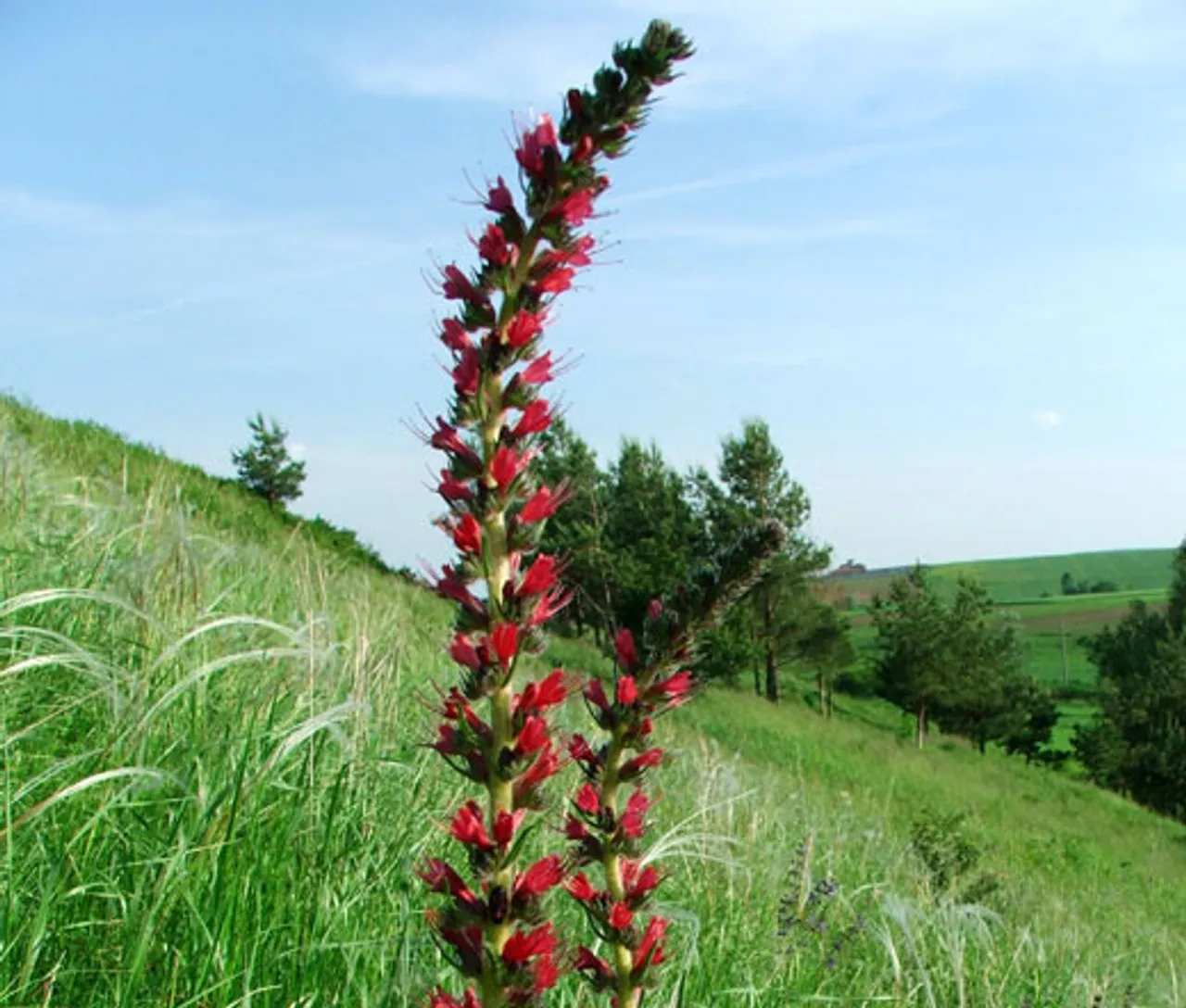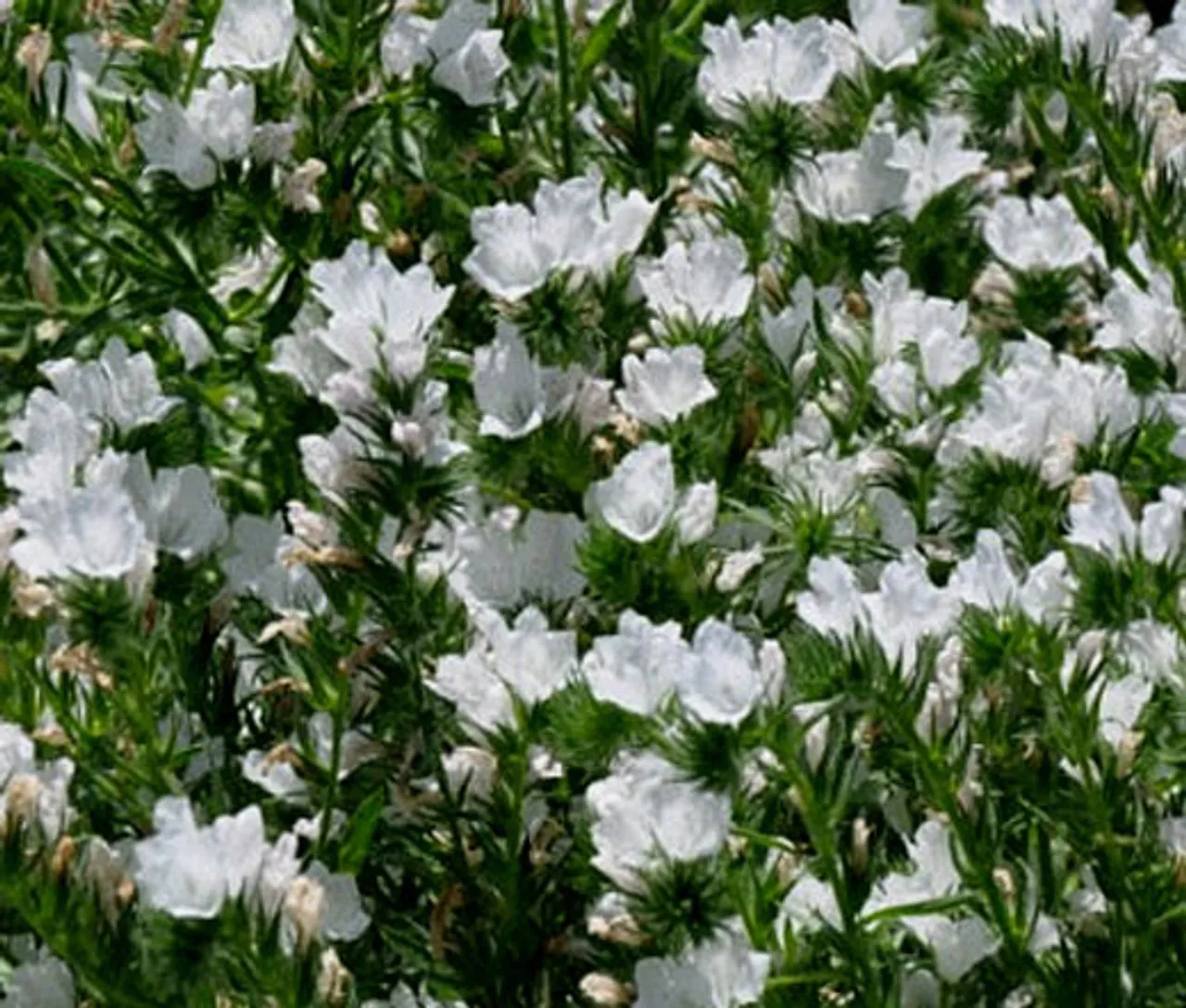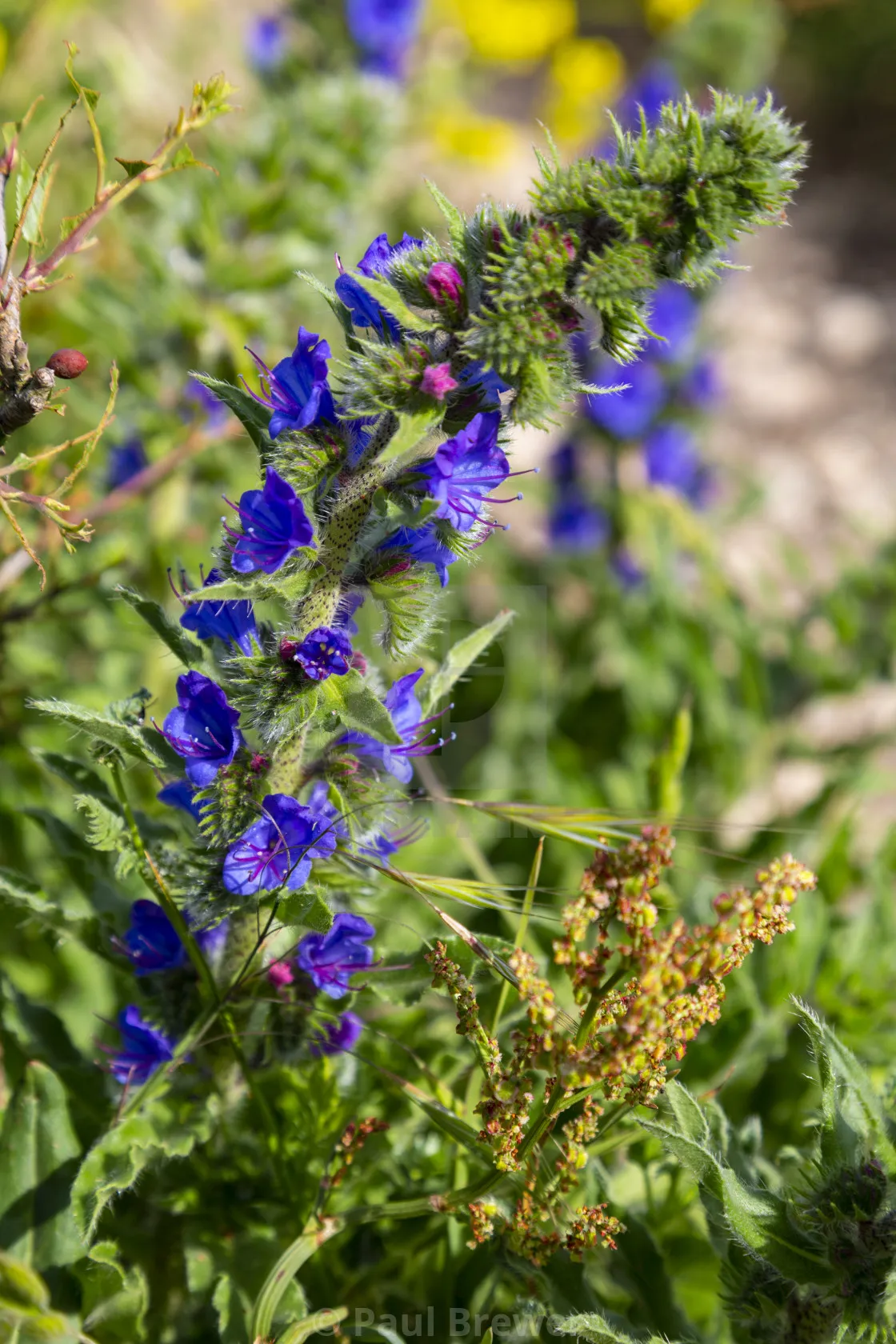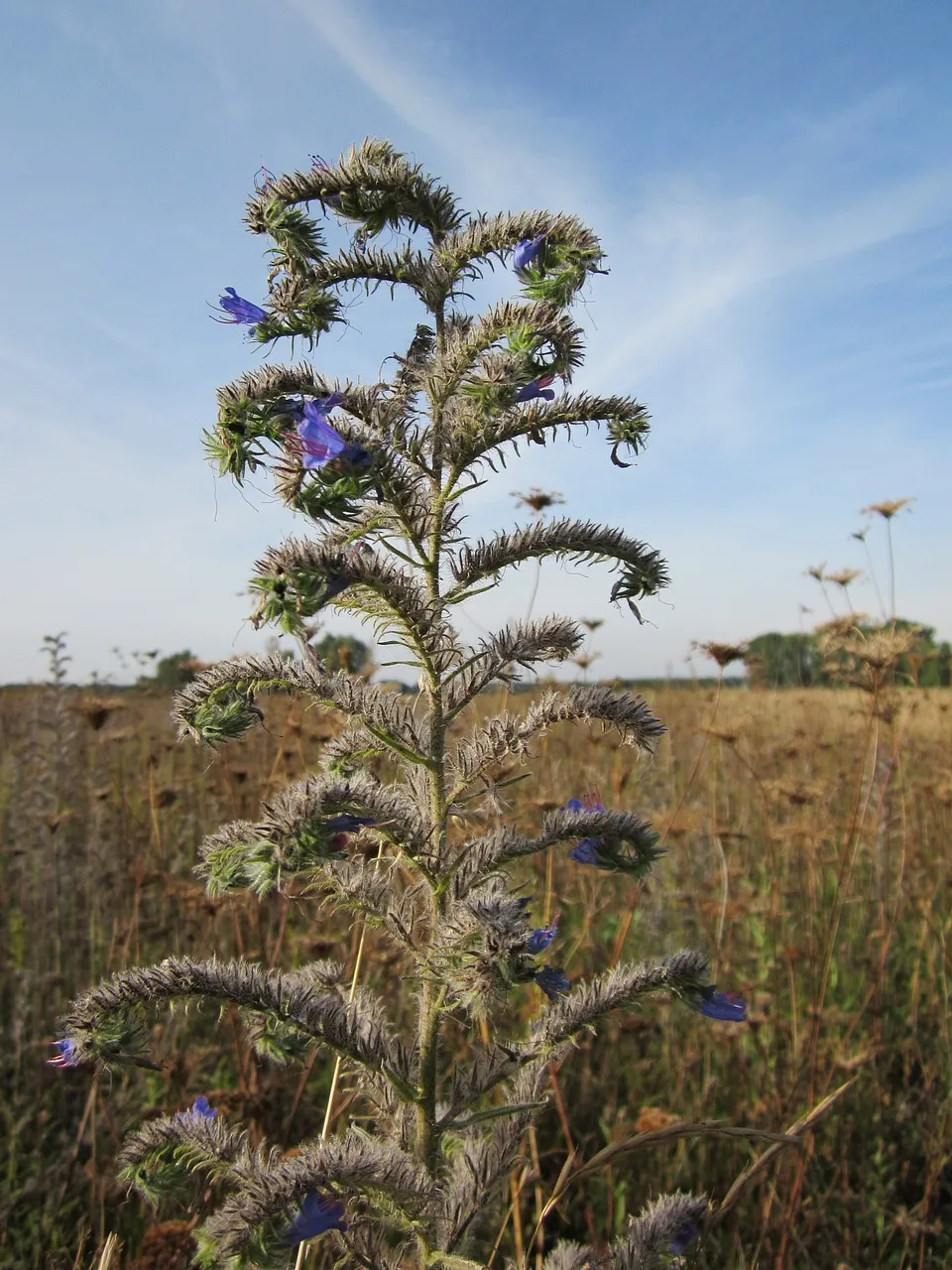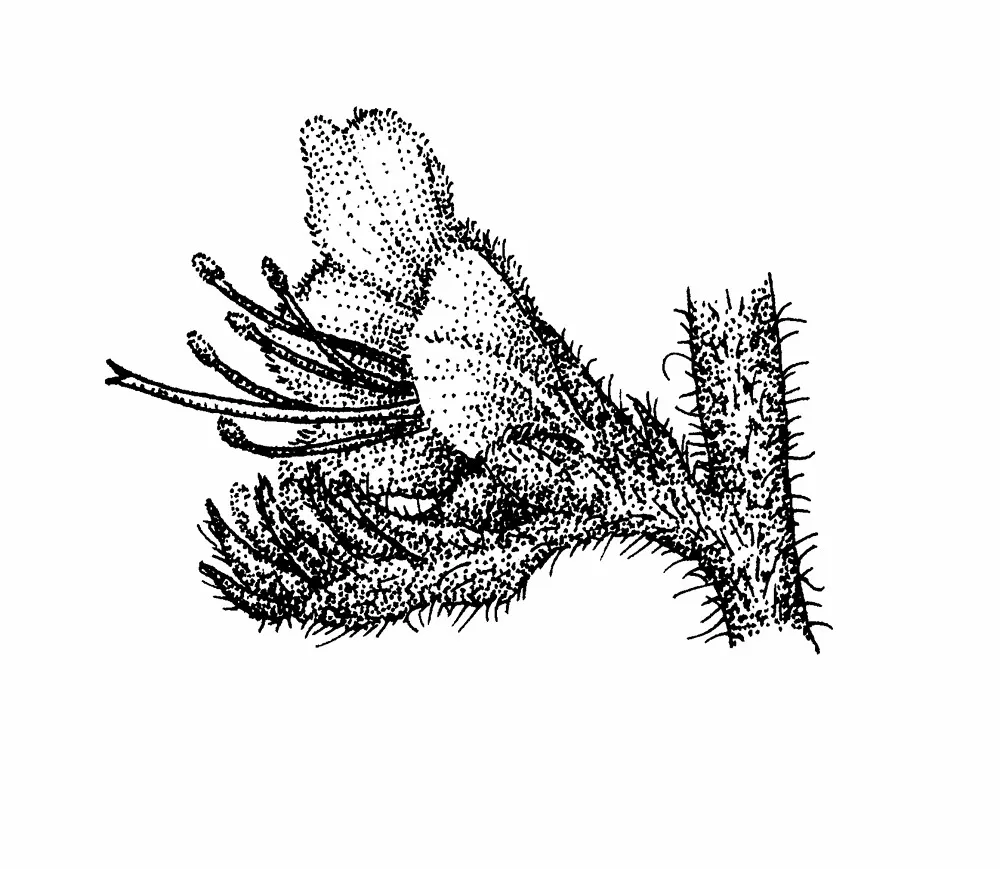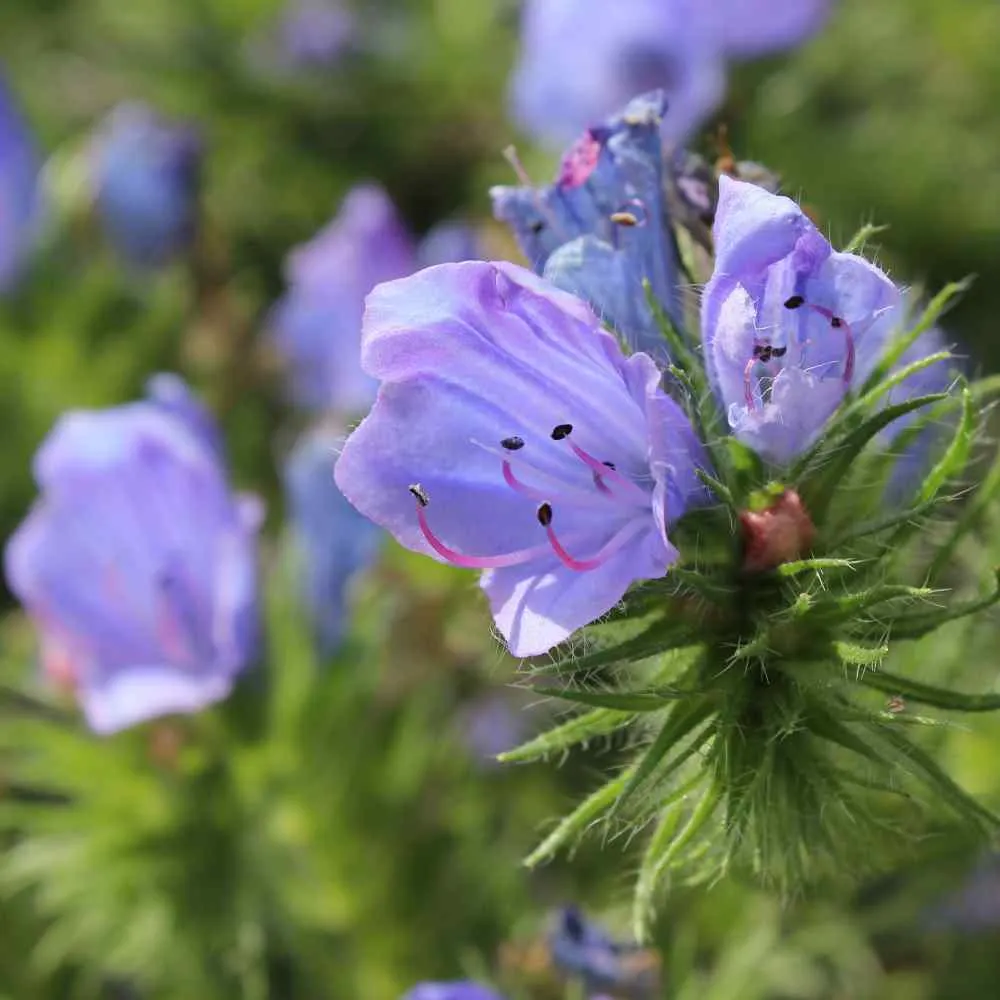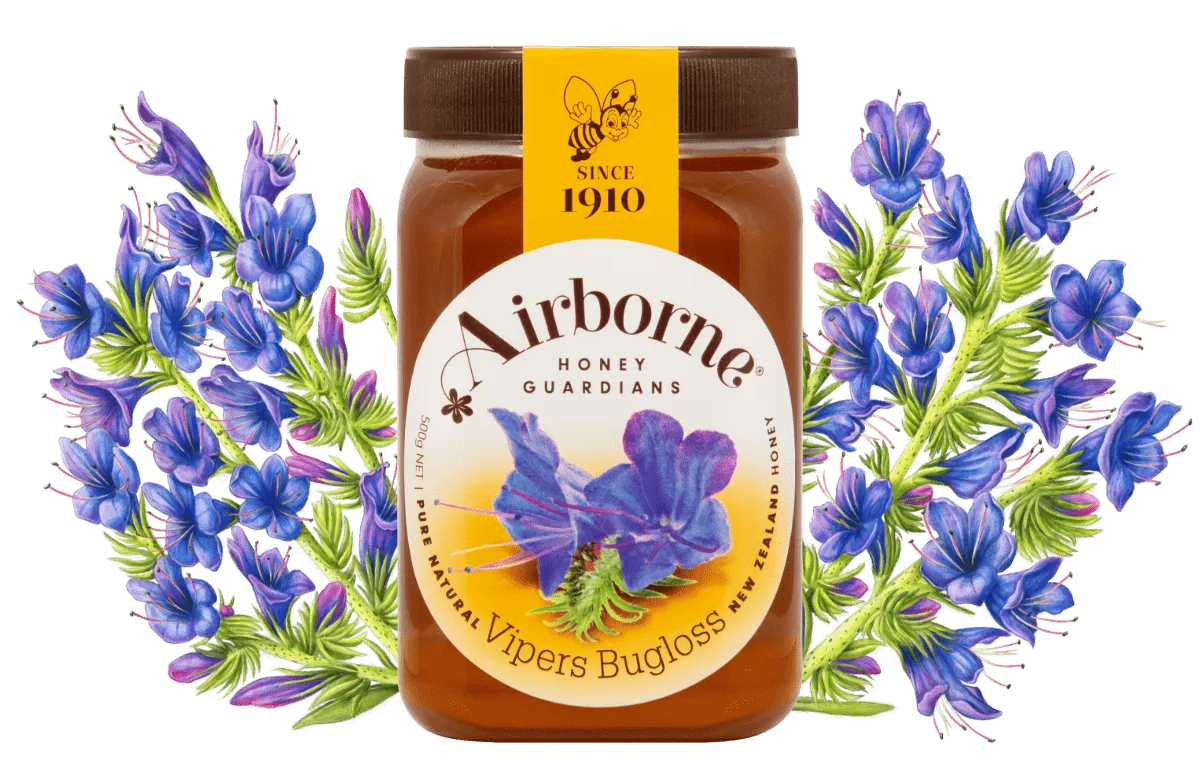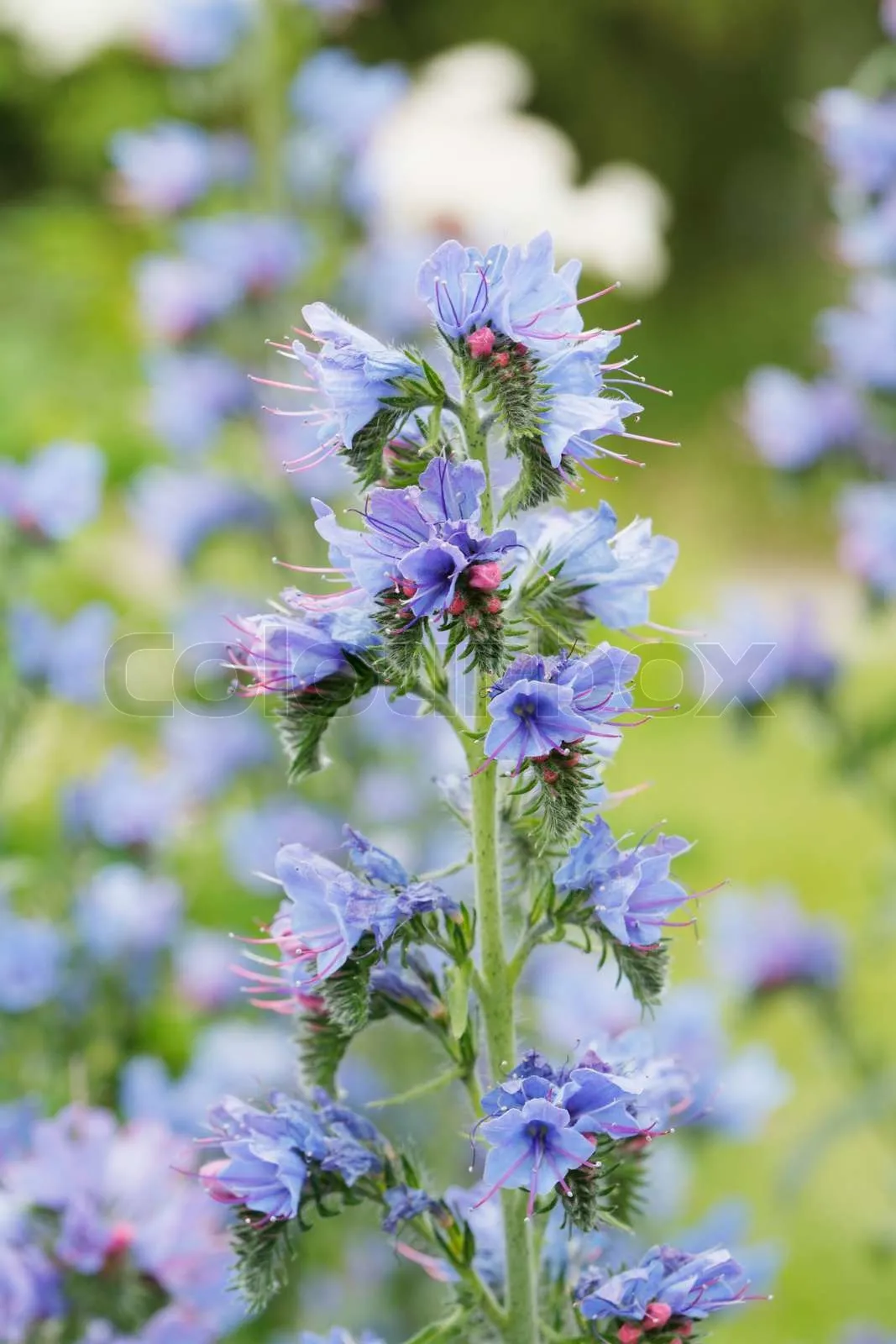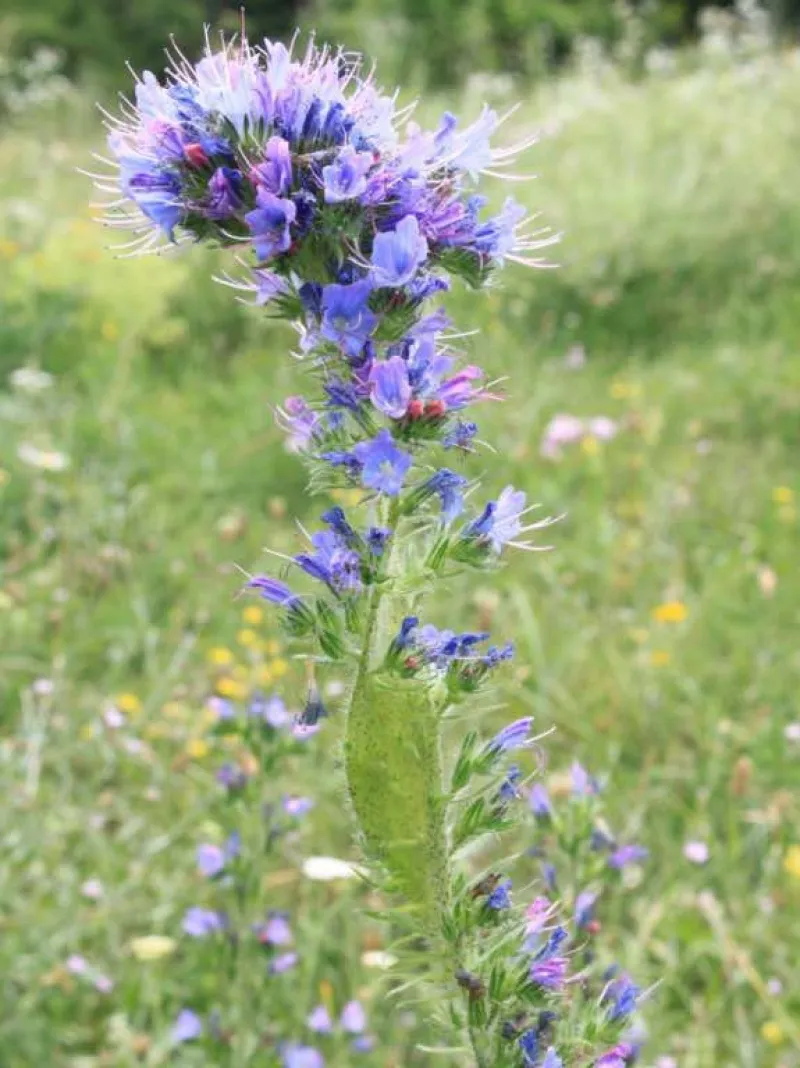Vipers Bugloss: A Beautiful and Hardy Wildflower
When it comes to wildflowers, the Vipers Bugloss is one that stands out from the rest. With its vibrant blue-purple flowers and striking appearance, it is no wonder that this plant is a favorite among gardeners and nature enthusiasts alike. But what exactly is Vipers Bugloss, and what makes it so special? In this article, we will explore the fascinating world of this beautiful wildflower and discover why it is such an important part of our natural landscape.
What is Vipers Bugloss?
Vipers Bugloss (Echium vulgare) is a wildflower that is native to Europe, but has since been introduced to other parts of the world, including North America. It is a member of the Boraginaceae family, which includes other well-known plants such as forget-me-nots and borage. The plant is also known by several other common names, including blueweed, blue devil, and viper's-grass. The Vipers Bugloss plant is a biennial, which means that it has a two-year life cycle. In the first year, the plant produces a rosette of leaves that are covered in coarse, bristly hairs. The leaves are lance-shaped and can grow up to 12 inches long. In the second year, the plant produces a tall, erect stem that can reach up to 3 feet in height. The stem is also covered in bristly hairs and has a branching habit. At the top of the stem, the plant produces a spike of flowers that are arranged in a helical pattern. The flowers are tubular in shape and have five petals that are fused together at the base. They are typically blue-purple in color, although they can sometimes be pink or white.
Where Does Vipers Bugloss Grow?
Vipers Bugloss is a hardy plant that is able to grow in a wide range of environments. It is commonly found in fields, meadows, and along roadsides, as well as in disturbed areas such as construction sites and abandoned lots. The plant prefers well-drained soils and full sun, but it can also tolerate partial shade. It is able to grow in both acidic and alkaline soils, and is able to withstand drought conditions. Vipers Bugloss is also an important plant for pollinators, such as bees and butterflies. The flowers are rich in nectar and pollen, and are visited by a wide range of insect species. This makes it an important plant for the health of our ecosystems, as it provides food and habitat for many different types of wildlife.
The History and Folklore of Vipers Bugloss
The Vipers Bugloss plant has a rich history and folklore associated with it. In medieval times, the plant was believed to have magical powers and was used in various rituals and ceremonies. It was also believed to have medicinal properties, and was used to treat a variety of ailments such as snakebites, scorpion stings, and fevers. In addition to its medicinal properties, Vipers Bugloss was also used in traditional dyeing practices. The flowers were boiled in water to create a blue dye, which was then used to color cloth and yarn. The plant's association with snakes is also reflected in its common name, Vipers Bugloss. The word "viper" refers to the venomous snake, and the plant was believed to be able to cure snakebites. The word "bugloss" comes from the Greek words "bous" and "glossa," which mean "ox" and "tongue" respectively. This is thought to refer to the shape and texture of the plant's leaves.
How to Grow Vipers Bugloss
If you are interested in growing Vipers Bugloss in your garden, it is a relatively easy plant to grow. The plant prefers well-drained soils and full sun, but can also tolerate partial shade. It is able to grow in both acidic and alkaline soils, and is able to withstand drought conditions. To grow Vipers Bugloss from seed, you will need to plant the seeds in the fall or early spring. The seeds should be sown directly into the soil, and should be covered with a thin layer of soil. The plants will germinate in about 10-14 days, and should be thinned to about 6 inches apart once they have grown to a height of about 2 inches. Once the plants have reached maturity, they will produce a tall, erect stem with a spike of flowers at the top. The flowers will bloom from early summer to early fall, and will attract a wide range of pollinators to your garden.
Conclusion
In conclusion, Vipers Bugloss is a beautiful and hardy wildflower that is an important part of our natural landscape. With its vibrant blue-purple flowers and striking appearance, it is no wonder that this plant is a favorite among gardeners and nature enthusiasts alike. Whether you are looking to add some color to your garden or simply want to learn more about the plants that grow around us, Vipers Bugloss is a fascinating and worthwhile plant to explore.
Frequently asked questions about Vipers Bugloss wallpapers
Q: What is Vipers Bugloss?
A: Vipers Bugloss is a beautiful flowering plant that belongs to the family Boraginaceae. It is native to Europe and western Asia, but can now be found in many other parts of the world. The plant is also known as "Blueweed" or "Blue Devil".
Q: What kind of pictures of Vipers Bugloss can I download from your website?
A: Our website offers 48 high-quality images of Vipers Bugloss flowers that you can download for free. These images are available in different file types such as .jpg, .png and .webp.
Q: What is the category of these pictures on your website?
A: These pictures are categorized as "Flowers" on our website.
Q: Can I download these pictures for free?
A: Yes, you can download these pictures for free from our website.
Q: What sizes are available for the pictures?
A: You can choose different sizes (width and height) for the pictures. Our website automatically detects the visitor's mobile screen size and chooses the right size for the visitor.
Q: Can I choose my own size for the pictures?
A: Yes, you can choose your own size for the pictures.
Q: How do I download the pictures?
A: To download the pictures, simply click on the image you want to download and select the file type and size you want. Then click on the "Download" button.
Q: Can I use these pictures for commercial purposes?
A: No, these pictures are for personal use only. You cannot use them for commercial purposes without our permission.
Q: Can I modify these pictures?
A: Yes, you can modify these pictures to suit your needs. However, you cannot claim ownership of the modified pictures.
Q: Can I share these pictures on social media?
A: Yes, you can share these pictures on social media. However, you must give credit to our website.
Q: Are these pictures copyrighted?
A: Yes, these pictures are copyrighted. However, you can download and use them for personal use as long as you give credit to our website.


